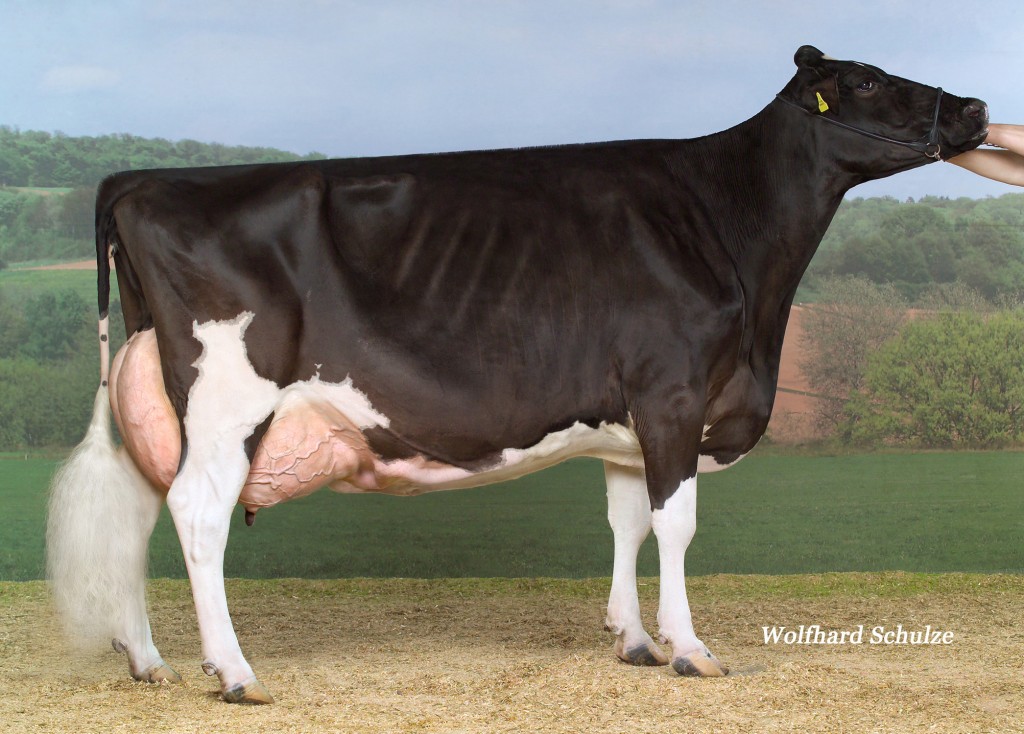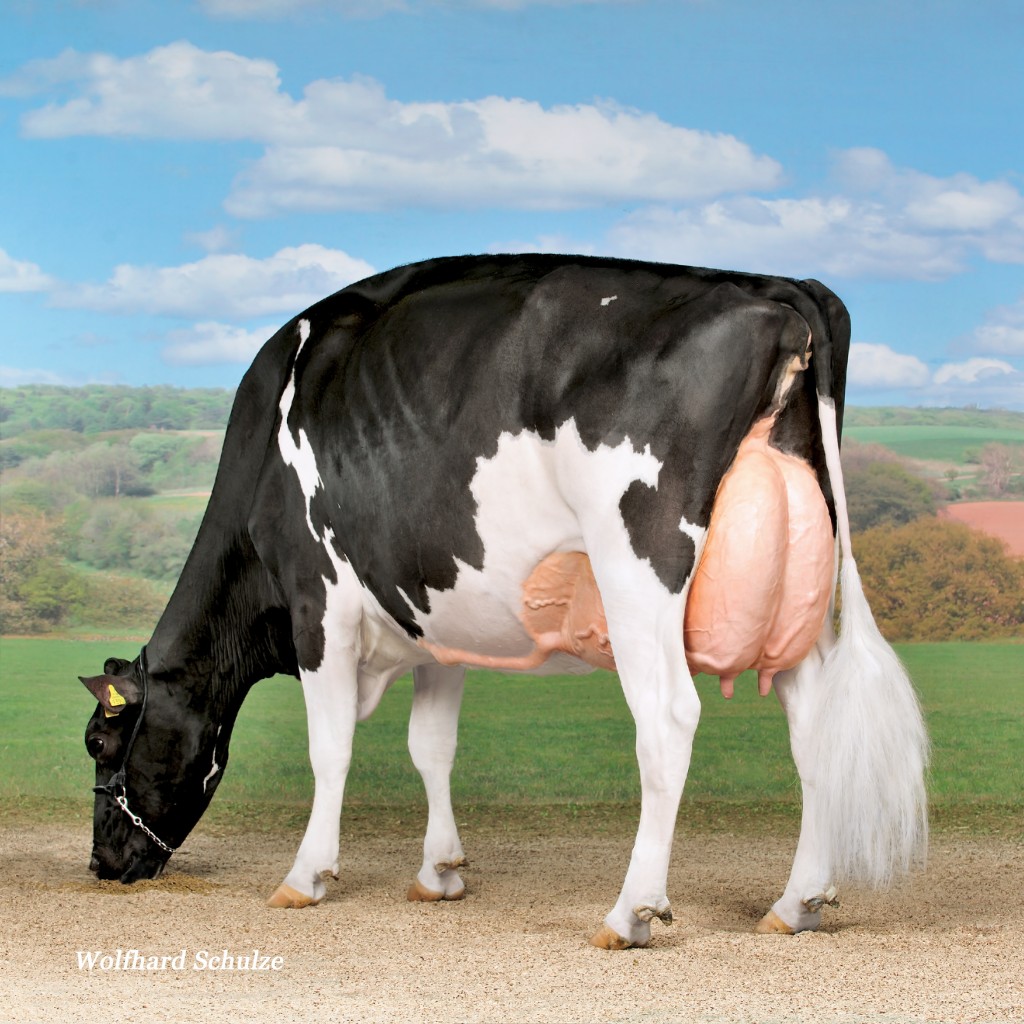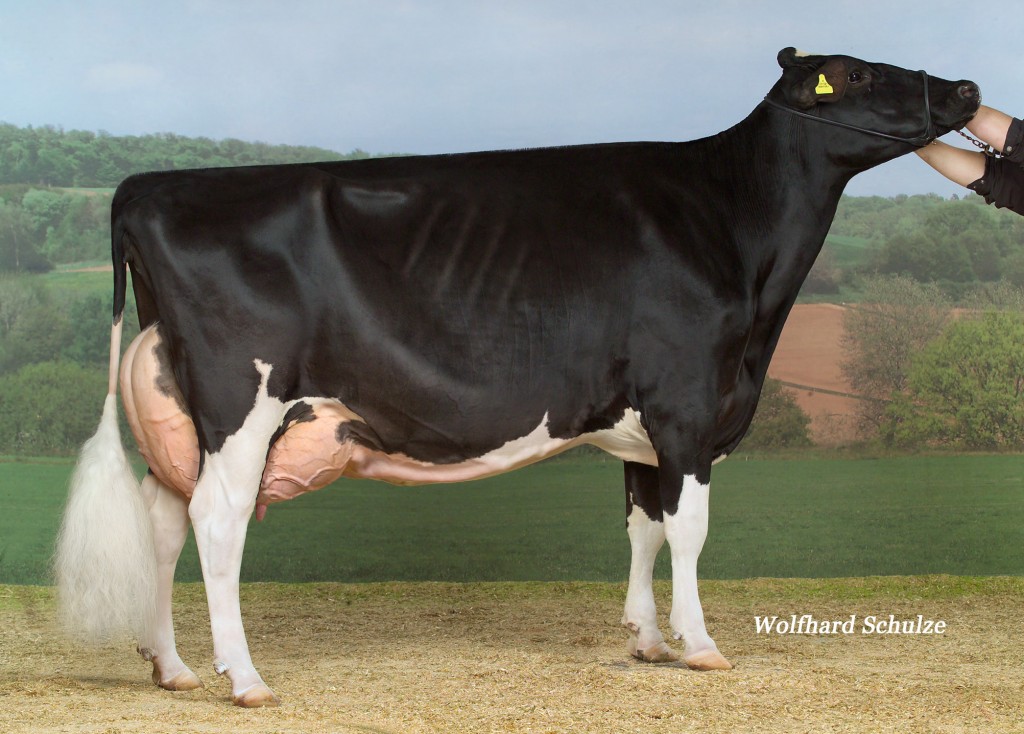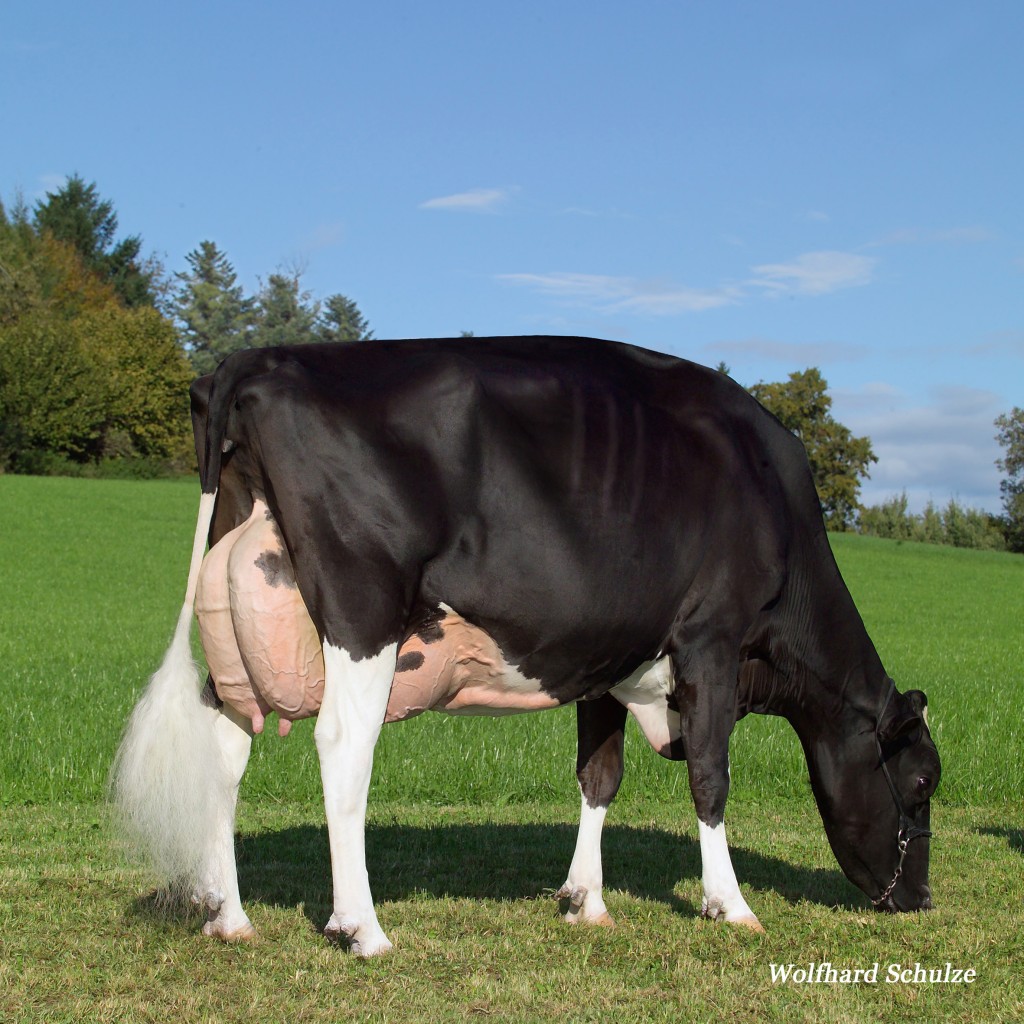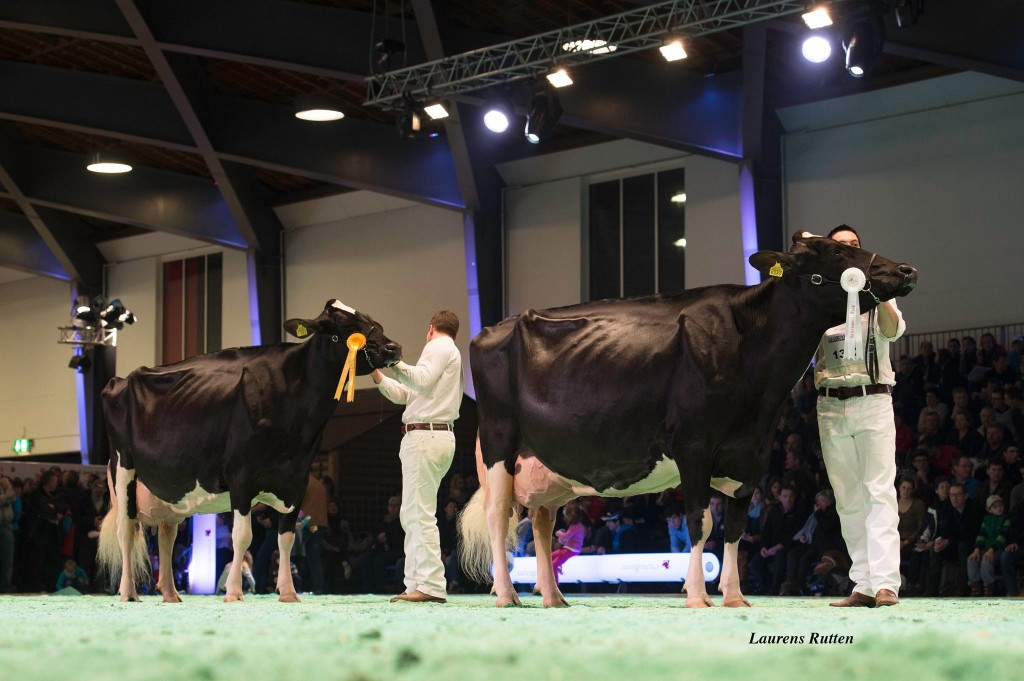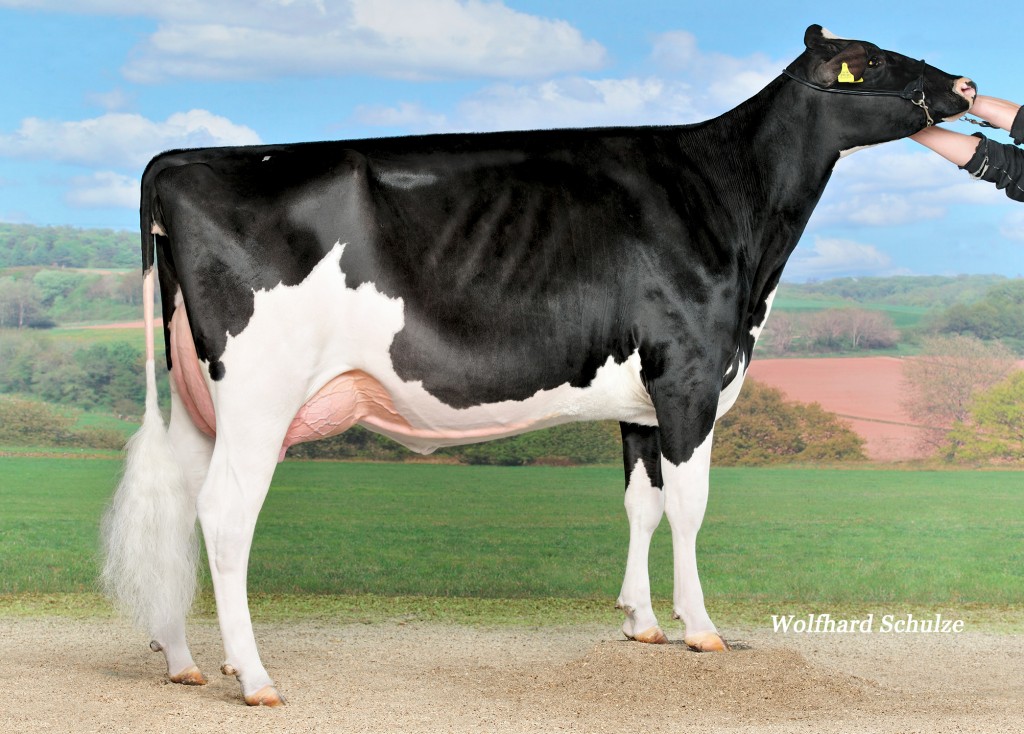
2013 Photo: Chuck and Vanessa Worden
On Saturday evening, January 14, the entire Worden family was together at the dining room table celebrating Chuck and Vanessa’s birthdays, including daughter Lindsey who was home visiting from Vermont.
By daybreak Sunday, the family was facing an uncertain future, but was lifted forward by friends and neighbors showing up when news spread quickly of the fire at Wormont Dairy, Cassville, New York.
“I had just walked through the cows and done a little clipping that night, so proud of how the whole herd looked and how well they were responding to the changes we had been making in the ration and fresh cow protocols,” Lindsey Worden reflected. “Less than four hours later, I was calling 911.”

Photo from Kate Worden
Wayne and Mark Worden, who live off the farm but nearby, were throwing on clothes to come down and join their father Chuck and brother Eric in rescuing calves and heifers penned in the box stall barn adjoining their parlor/holding area and office, which was totally engulfed in flames.
Their mother Vanessa had gotten up in the middle of the night and saw the flames from the window.
“Just as Eric was carrying out the last calf, the fire trucks arrived and the barn was totally filled with smoke and starting to catch fire as well,” Lindsey reported. “Volunteer firefighters, friends and neighbors were pouring in. We managed to wrangle all the baby calves and young heifers into a bay of our machine shed, and got the older show heifers into our heifer freestall, while dad and the boys were helping the firefighters.”
Amazingly, the wind was blowing in the opposite direction of its usual course – sparing the main freestall barn and Wormont Dairy’s 270 milking cows from damage.
By 4:00 a.m. Sunday morning, “It was quiet,” Lindsey shares. “At daybreak we met to try and figure out a game plan for how to get 275 cows milked on a farm with no milking equipment.”

Photo provided by Lindsey Worden
Not one person or animal was harmed, and the family was so thankful, but reality was sinking in. Now what?
“It was amazing,” said Vanessa. “There are no words for the way people just showed up and lifted us up.”
Chuck said a neighbor started the ball rolling to place the cows, and people came with trucks and trailers lining the farm lane. “I didn’t make one call, people just came,” he said.
As Wayne and Mark noted, “It was humbling.”
“At one point, we had at least 10 cattle trailers lined up out the driveway, and we got animals relocated more efficiently than I would have ever imagined possible,” Lindsey reflects. “We are so thankful to the friends and first responders who showed up at 1:00 a.m. on Sunday morning to help get our immediate emergency under control.”Before long, with the help of some awesome neighbors, the Wordens had figured out two farms that could take the majority of their milking cows (heifers and dry cows are staying), and a short while later, cattle trailers started showing up, as did more friends and neighbors to help get them loaded.
Friends and neighbors came from near and far – bringing trailers, helping to get cattle loaded and moved, helping to get scared cows milked off site.
“People brought enough food to feed an army for a week,” said Vanessa.
“At 7 a.m., my first thought is that we were probably just have to sell everything, but then as neighbors showed up, and connections were made, and trucks started moving cows, you start to feel how hope can change the whole outlook,” said Vanessa. “By 3:00 p.m., our friends and neighbors had given us hope that we can do this. I was actually happy yesterday. There is no way I could be sad after all that everyone has done, after all the hope they have given us.”
Each member of the family has so much gratitude for the dairies that opened their barns and took in cows. The 270 cows were moved to three locations by 3 p.m. Sunday.
“What an incredibly humbling day,” Wayne shared Sunday evening. “There are no words to describe the support we received and are still receiving with the cows. Thank you is not enough to say about what we were all able to accomplish today. What an incredible community the dairy industry is.”

2013 photo Wayne, Mark, Eric and Chuck Worden
Electricians worked all day Sunday to restore power – light, heat and water. “And companies worked with us quickly to help us with things like restoring our DairyComp records on a new computer, getting basic medical and breeding supplies and all those little things that we need to keep the wheels on the bus this week,” Lindsey observes. “It is a really strange feeling to literally have none of those everyday supplies like calf bottles, navel dip, ear tags, IV kits, etc.
Everyone who reached out with suggestions for help or just kind words, prayers and encouragement, by call, text message, email, and facebook, or dropping by in person. We are so very grateful.”
Eric shared how “truly overwhelmed” he was by the amount of support received from farmers across the state following the fire. “Thank you for making the day go easier,” he said. “This is a tough blow for my family, but we will come back stronger than ever.”
Adds Lindsey, “By some miracle, not a single animal was lost, not even our lone barn cat!”
While there is no question, “we’ve got a tough road to hoe to get back on our feet over the next several months,” said Lindsey, “with some luck and the attitude everyone in the family has maintained over the last two days, I have no question we will come out on the other side.”
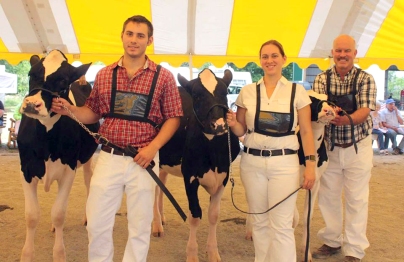
Aug. 2016 Eric, Lindsey and Chuck at county fair
“Words cannot express how thankful we are,” Vanessa said. “The way people reached out to us in those early hours gave us hope. Hope is an important thing. It’s what we give each other, and it is amazing.”
As the family meets with insurance adjusters, lenders, builders, equipment specialists and others to chart a course for moving forward, the ready support of others in the darkest hour serves as a continual reminder of what the dairy community is made of – people who keep putting one foot in front of the other and helping their fellow producers get through times like this.
Even more importantly, the family notes that this dairy community is quick to give each other hope — that they’re not alone when confronted with a life-changing event — that when it seems everything is coming to a halt, it is the hope brought by others that carries everyone forward.
Crews from six fire departments responded to the fire at Wormont in the wee hours of Sunday morning, January 15, with others on standby.
Cleanup continues as the family pulls together to make decisions for the future – a future that they say reinforces how special the dairy industry is and how humbled they are to be part of it.
Source: Agmoos










 Pinehurst Farms of Sheboygan Falls, started in 1838 by David Giddings, was a model of innovation from the very beginning.
Pinehurst Farms of Sheboygan Falls, started in 1838 by David Giddings, was a model of innovation from the very beginning.
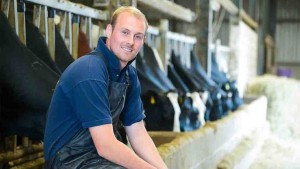 One of the younger exhibitors at Dairy Day is Mark Robinson who is making his debut in the event’s show ring. Neil Ryder reports.
One of the younger exhibitors at Dairy Day is Mark Robinson who is making his debut in the event’s show ring. Neil Ryder reports.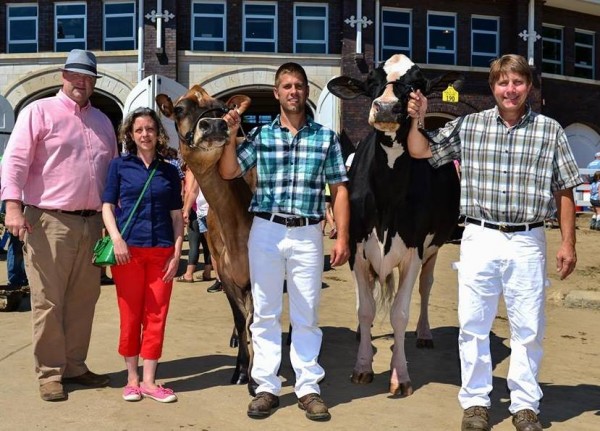
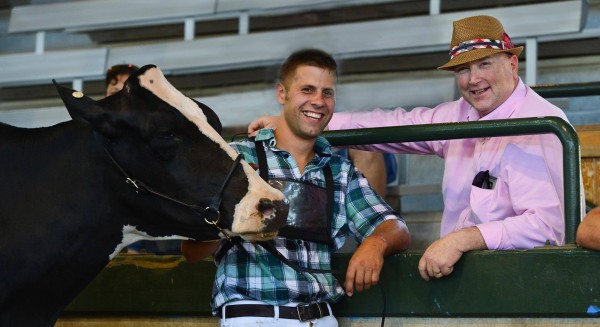



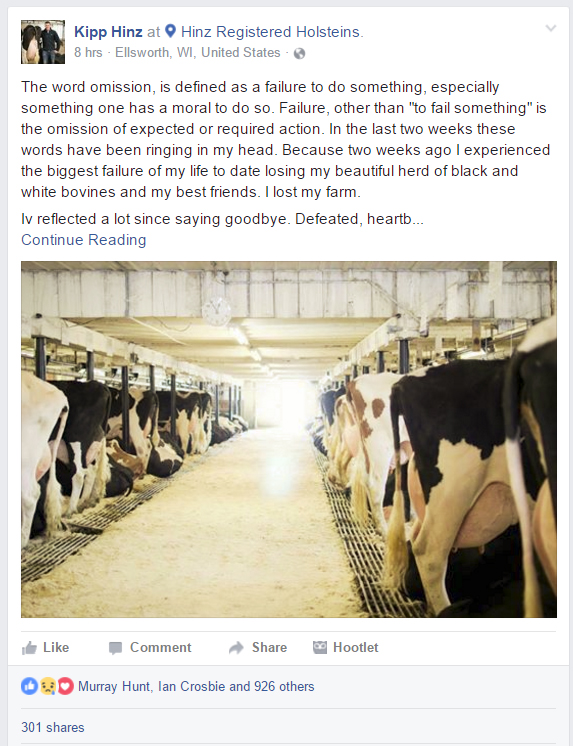

 A little more than 20 years ago,
A little more than 20 years ago, 








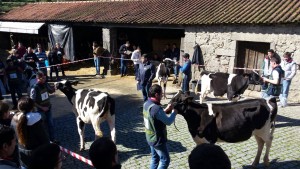
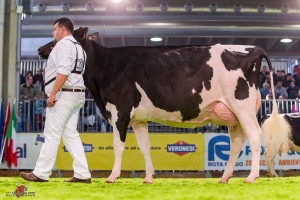 What do you think the biggest challenge will be?
What do you think the biggest challenge will be? Who would you like to thank for help along your career?
Who would you like to thank for help along your career? 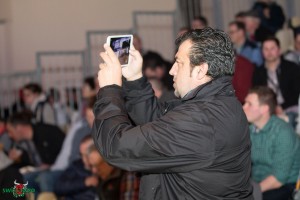 What advice would you give to someone who aspires to judge a major show like this one day?
What advice would you give to someone who aspires to judge a major show like this one day?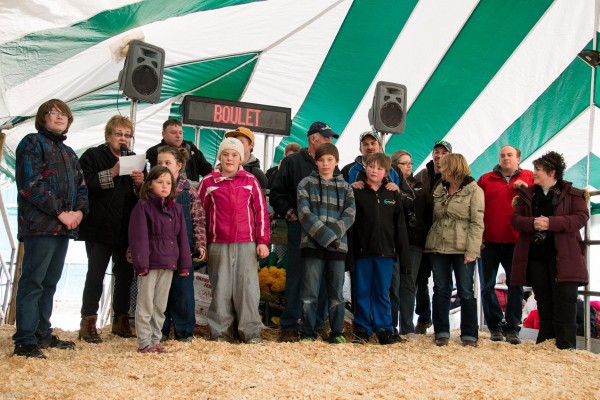
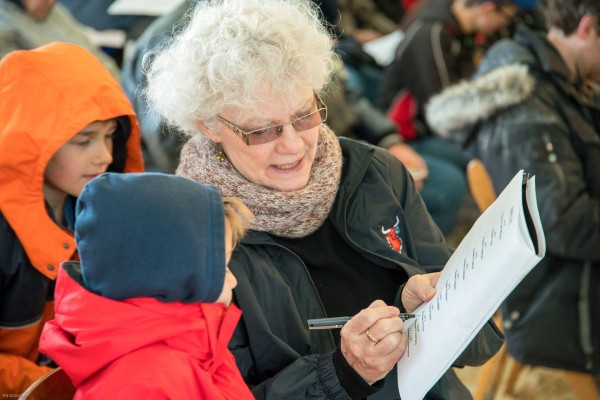
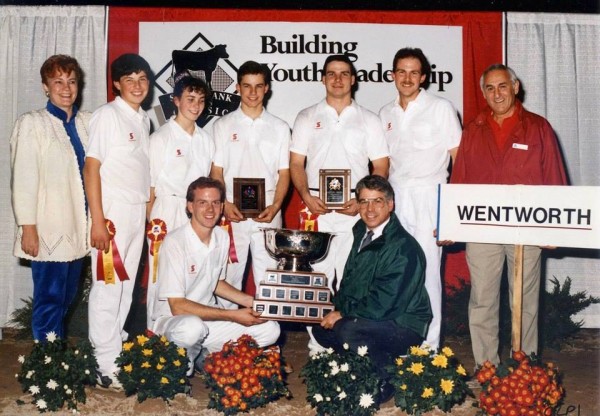
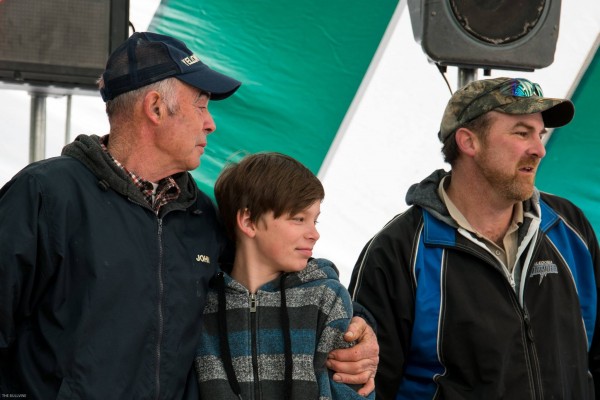
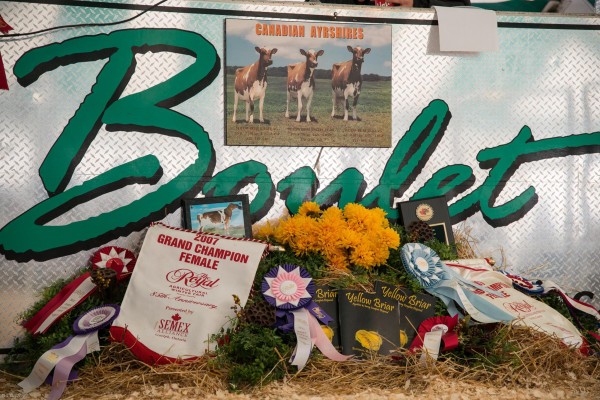
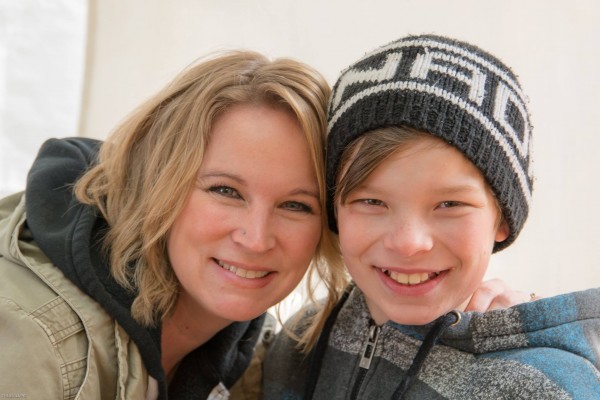
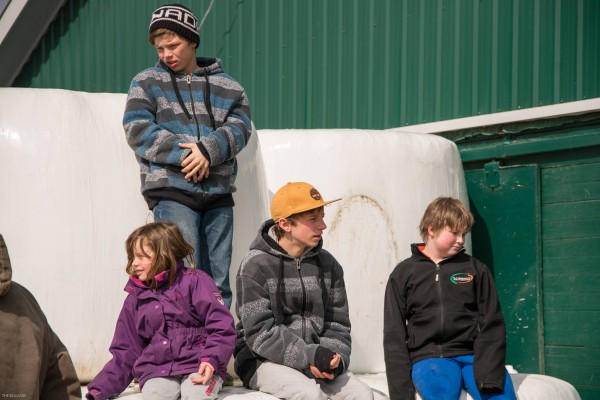
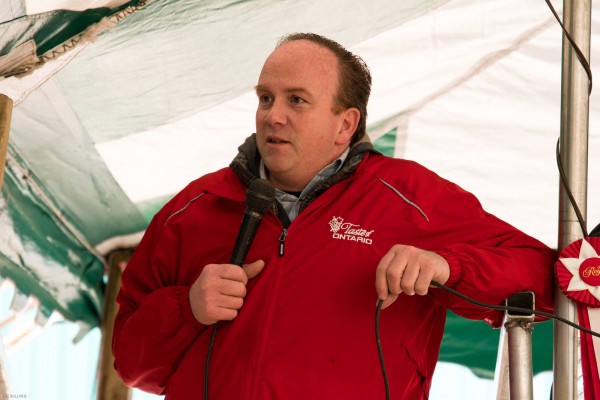
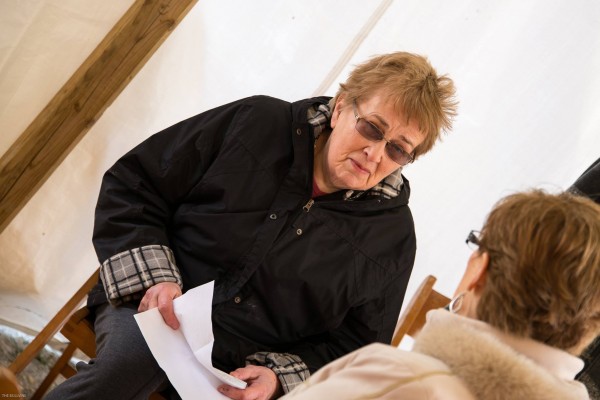
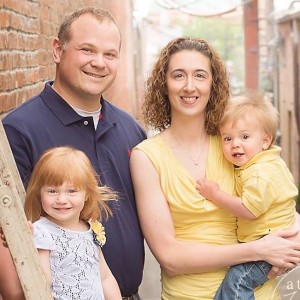 When you come from a fifth generation dairy farm, it is sometimes hard to put a single label on exactly what you do. That’s especially true if you live off the farm as is the case for Mary Mackinson Faber. Raised on the family farm located north of Pontiac, Illinois, Mary is well aware of the 24/7 commitment it takes to manage 165 milking cows and over 150 heifers and calves. In addition, there are roughly 2,000 acres of cropland where the Mackinson’s grow corn, soybeans, wheat and alfalfa.
When you come from a fifth generation dairy farm, it is sometimes hard to put a single label on exactly what you do. That’s especially true if you live off the farm as is the case for Mary Mackinson Faber. Raised on the family farm located north of Pontiac, Illinois, Mary is well aware of the 24/7 commitment it takes to manage 165 milking cows and over 150 heifers and calves. In addition, there are roughly 2,000 acres of cropland where the Mackinson’s grow corn, soybeans, wheat and alfalfa.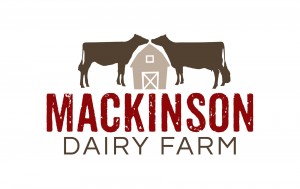 “Going Mobile Makes a Big Difference”
“Going Mobile Makes a Big Difference”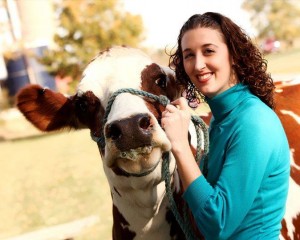 There are many ways to make a positive contribution on behalf of agriculture. Mary explains. “I encourage everyone in agriculture to speak honestly about what you do, why you do it and what you love about your way of life. As a Mom, I understand how important it is for other moms and parents to not only know where their food comes from but whom is taking care of the land. Therefore, my blog topics tend to focus on questions a consumer might have while grocery shopping, like the differences between skim, 2% and whole milk to why certain containers of cow’s milk have a longer expiration date. In addition to our blog, I am a contributor to
There are many ways to make a positive contribution on behalf of agriculture. Mary explains. “I encourage everyone in agriculture to speak honestly about what you do, why you do it and what you love about your way of life. As a Mom, I understand how important it is for other moms and parents to not only know where their food comes from but whom is taking care of the land. Therefore, my blog topics tend to focus on questions a consumer might have while grocery shopping, like the differences between skim, 2% and whole milk to why certain containers of cow’s milk have a longer expiration date. In addition to our blog, I am a contributor to 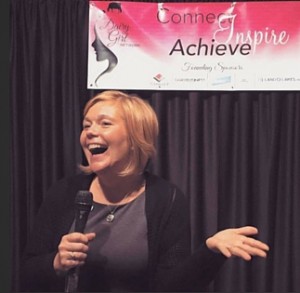 “One-on-One Builds Sharing and Caring”
“One-on-One Builds Sharing and Caring”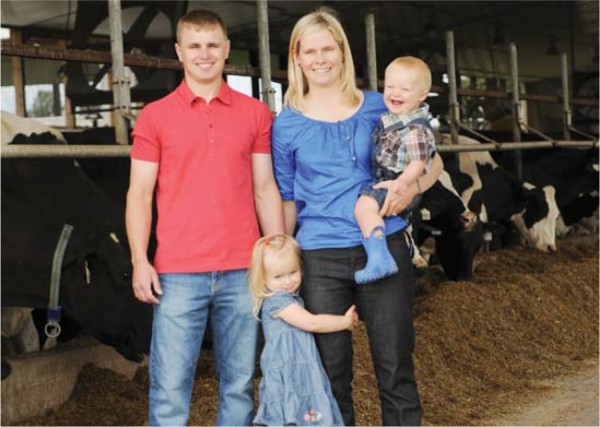
![12363083_1525147981131839_553892155549559281_o[1]](https://www.thebullvine.com/wp-content/uploads/2016/02/12363083_1525147981131839_553892155549559281_o1-600x403.jpg)
![10629337_1500945886885382_3944254530867143695_o[1]](https://www.thebullvine.com/wp-content/uploads/2016/02/10629337_1500945886885382_3944254530867143695_o1-600x380.jpg)
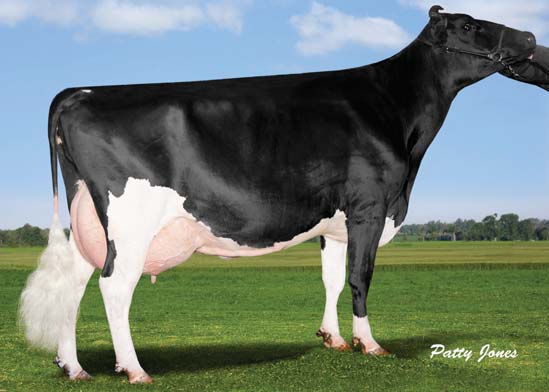
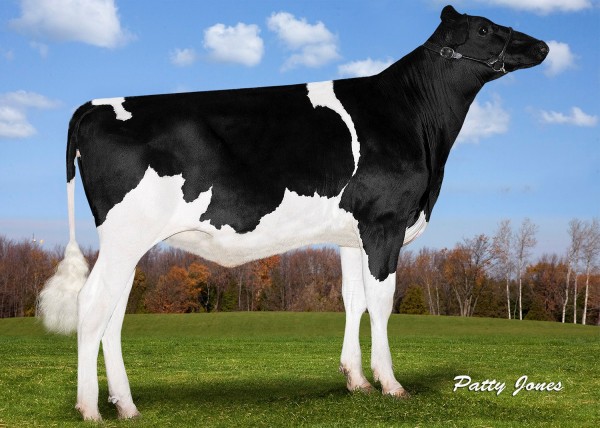
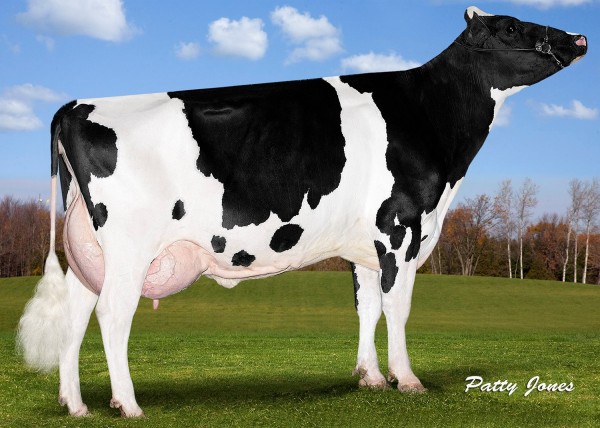
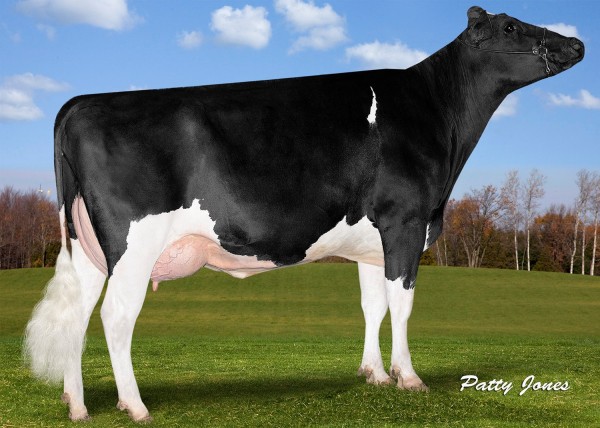
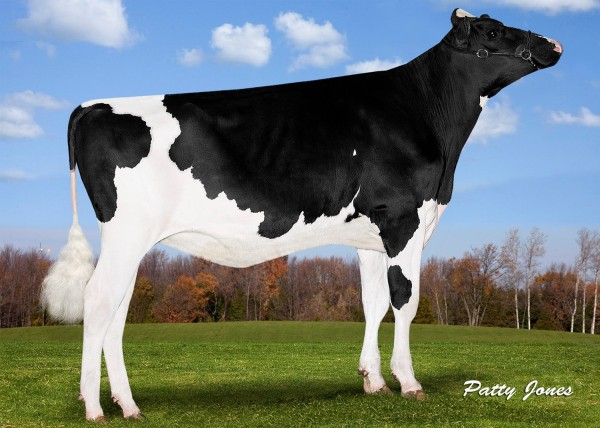
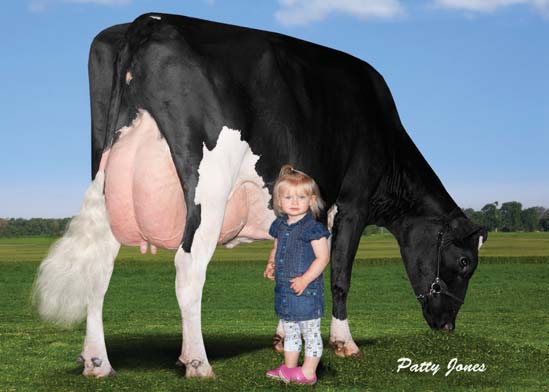
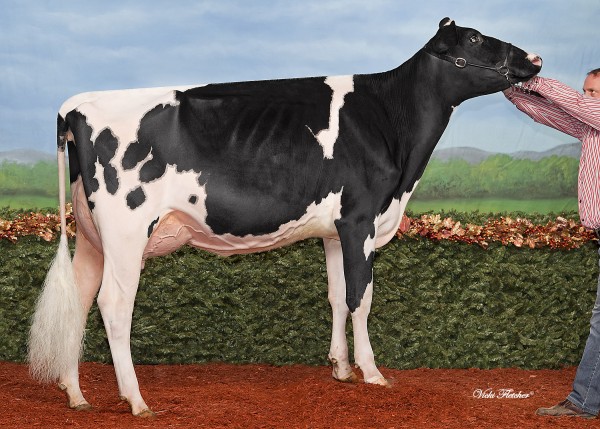
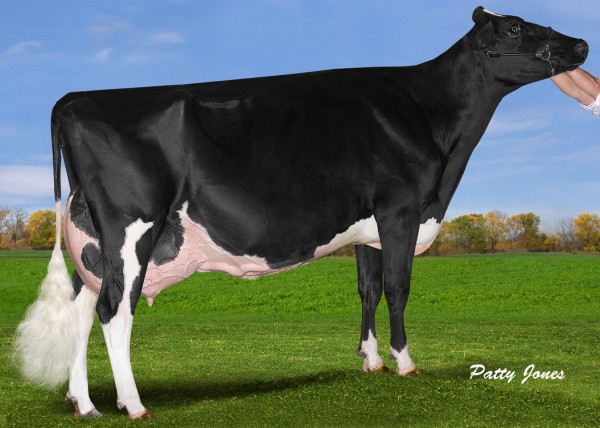
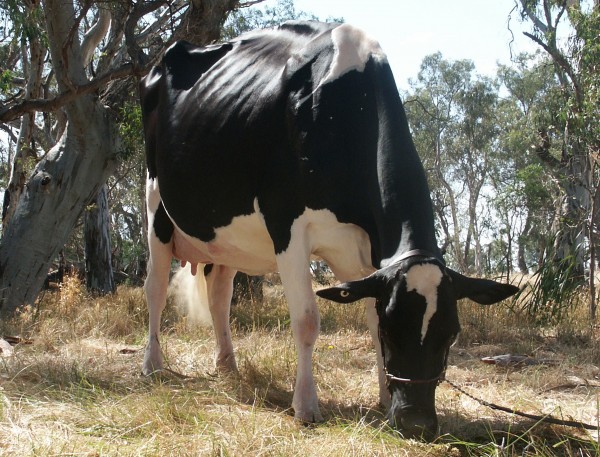
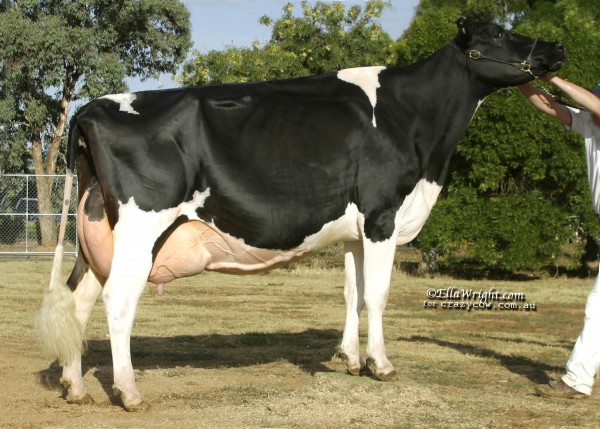

 Prominent Western Victorian dairyfarmer Shirley Harlock was awarded the Australian Dairy Industry Council’s Outstanding Service Award at the annual dairy industry breakfast on Friday.
Prominent Western Victorian dairyfarmer Shirley Harlock was awarded the Australian Dairy Industry Council’s Outstanding Service Award at the annual dairy industry breakfast on Friday.




























![11217520_768249966619211_944530856715628670_n[1]](https://www.thebullvine.com/wp-content/uploads/2015/11/11217520_768249966619211_944530856715628670_n1-600x600.jpg)
.jpg)
.jpg)














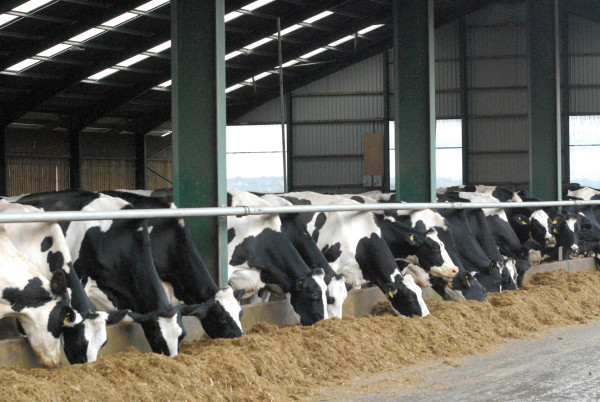
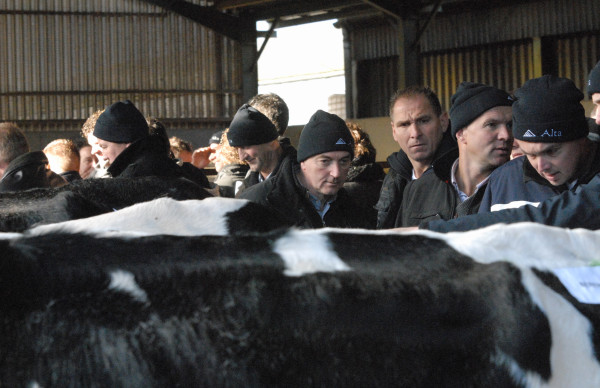
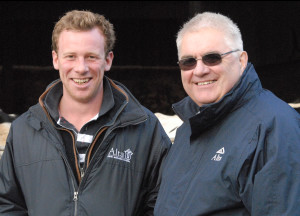
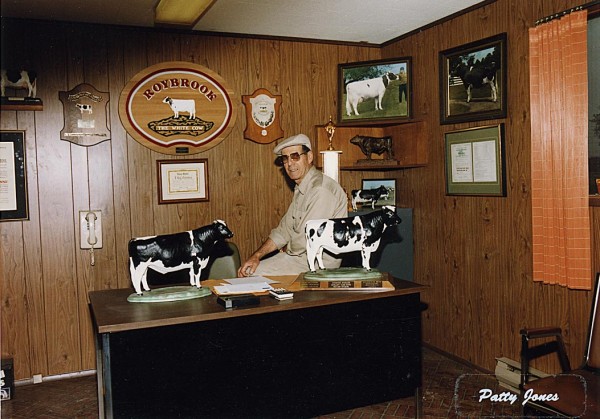
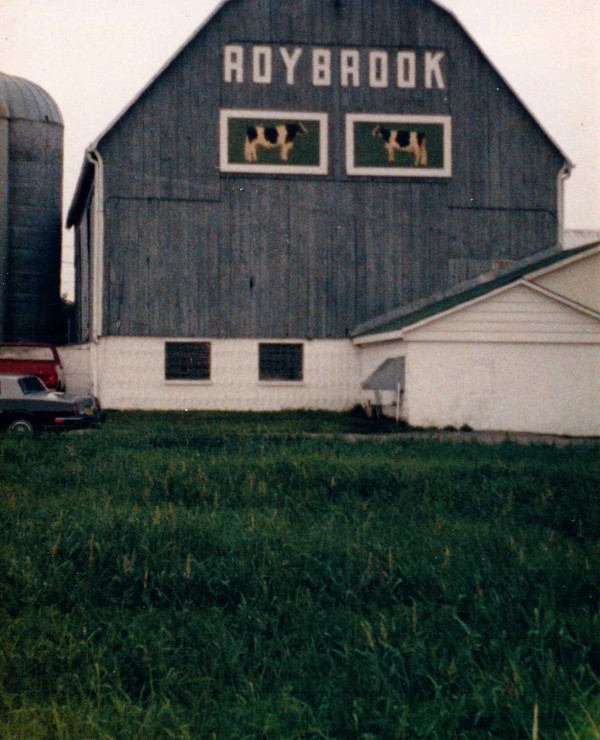
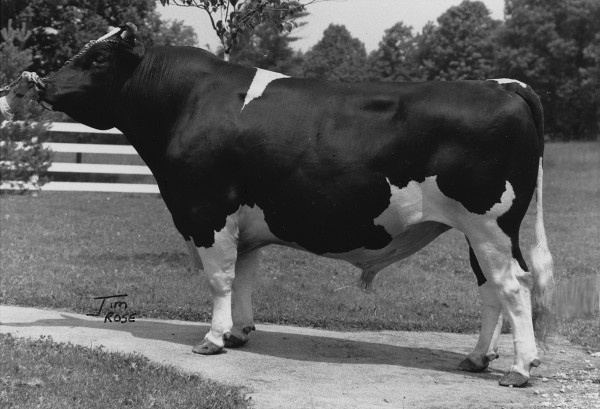
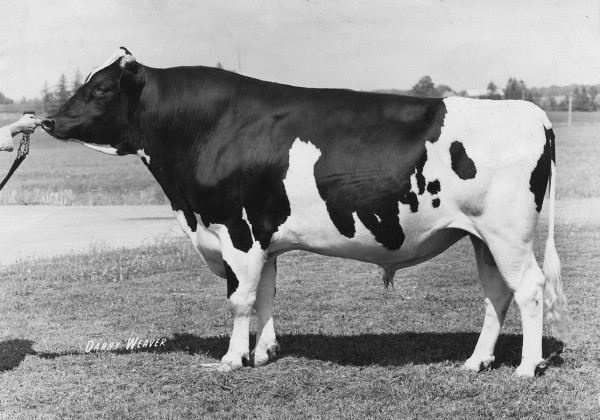
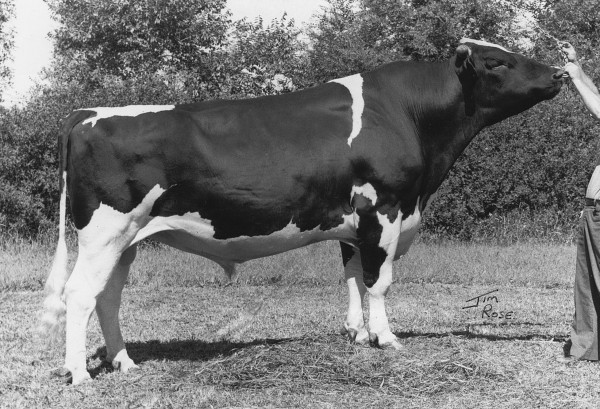
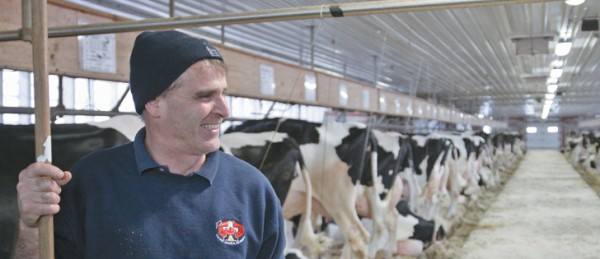
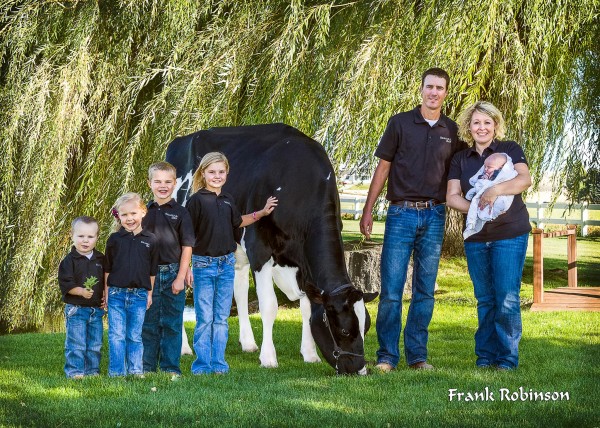
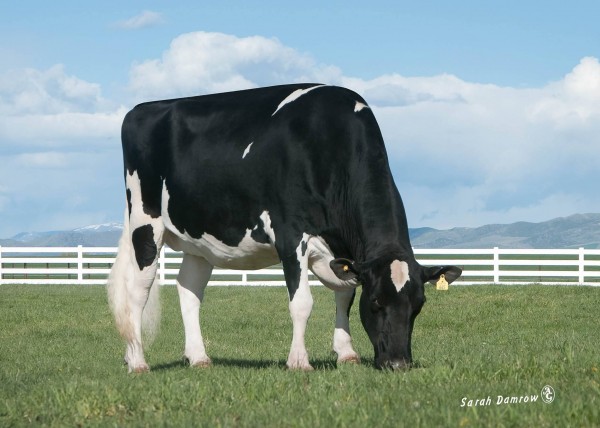
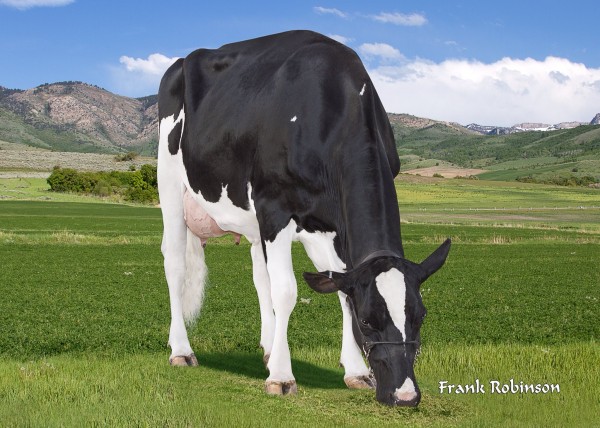
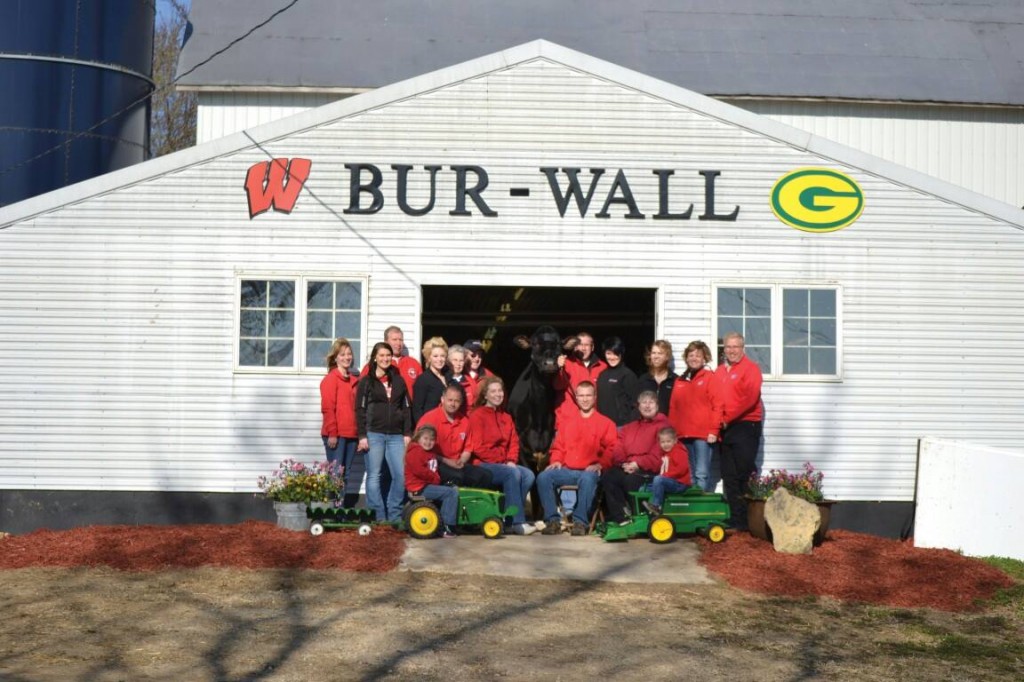
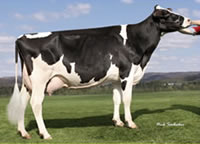
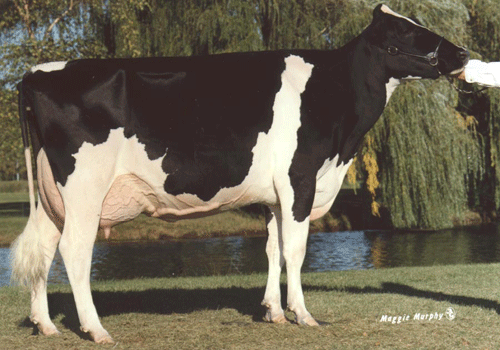
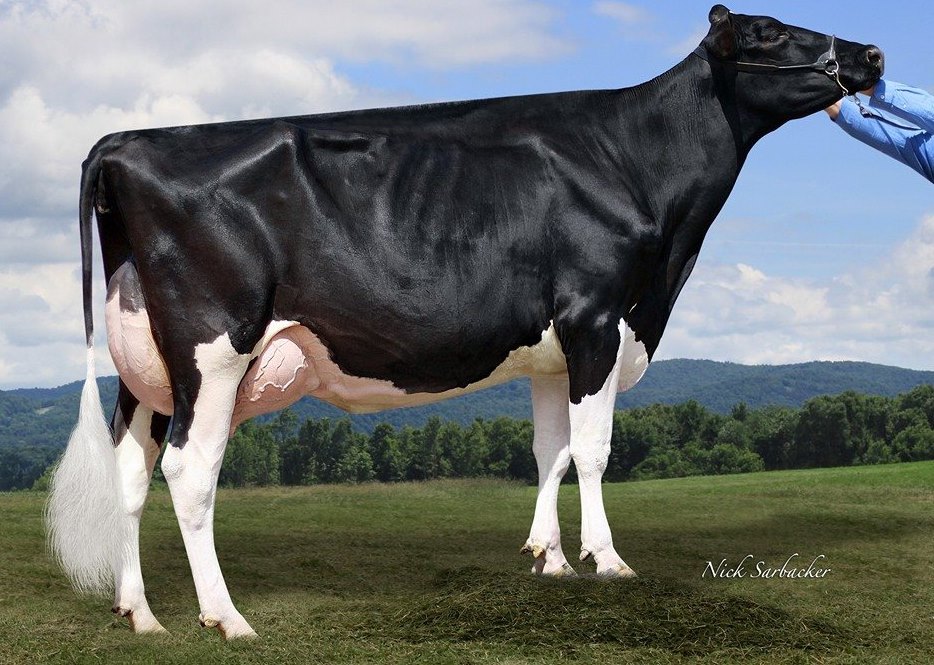
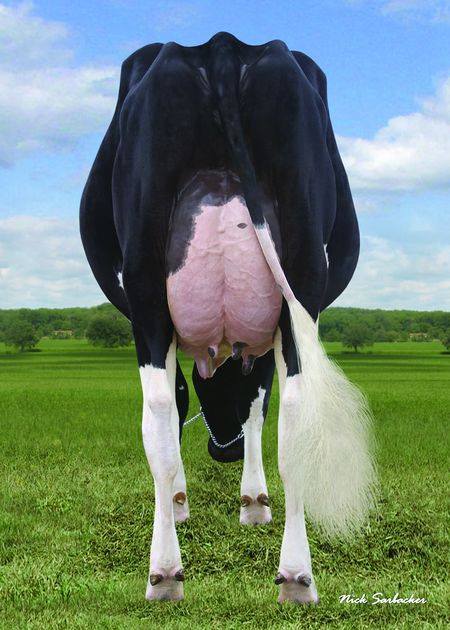
![ry400[1]](https://www.thebullvine.com/wp-content/uploads/2014/09/ry4001.jpg)
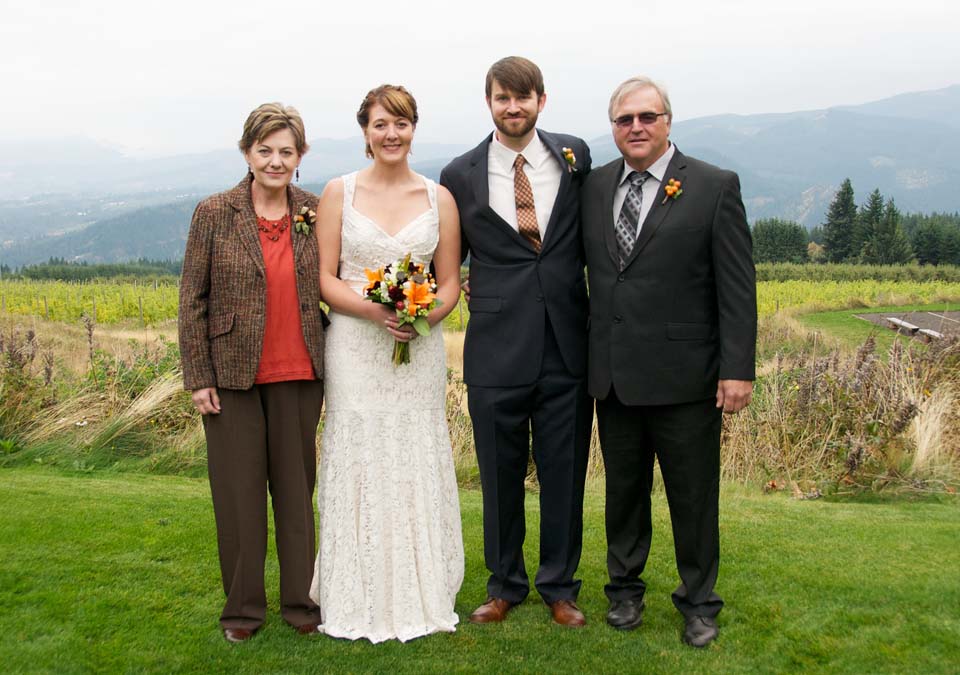
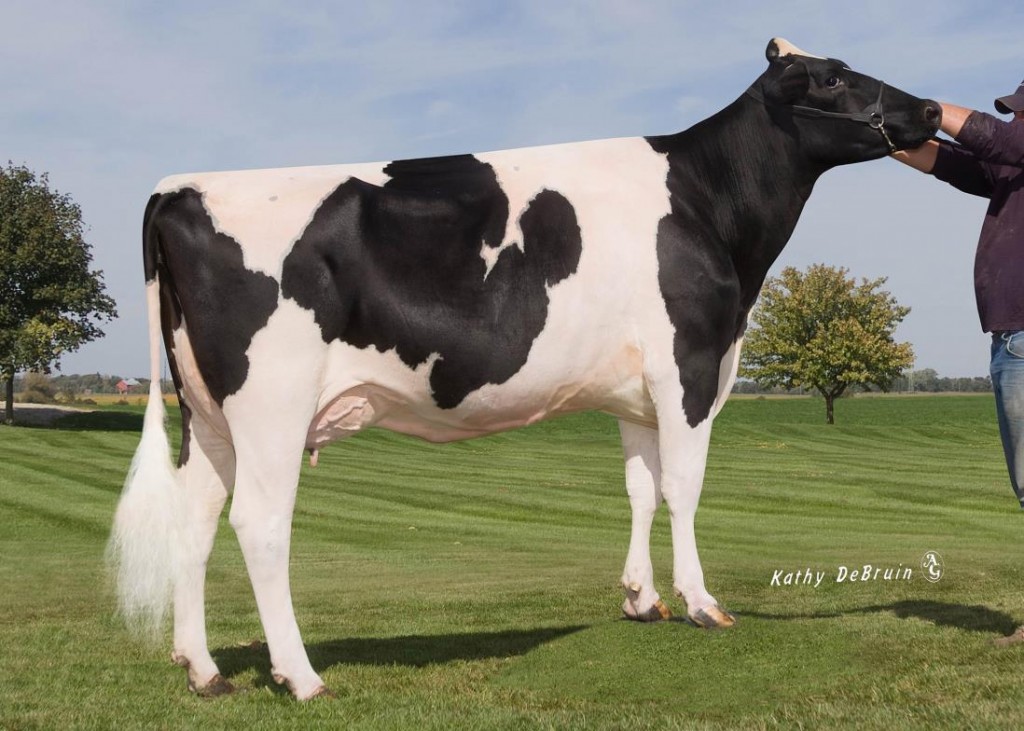
![ho000053457311[1]](https://www.thebullvine.com/wp-content/uploads/2014/09/ho0000534573111-1024x731.jpg)
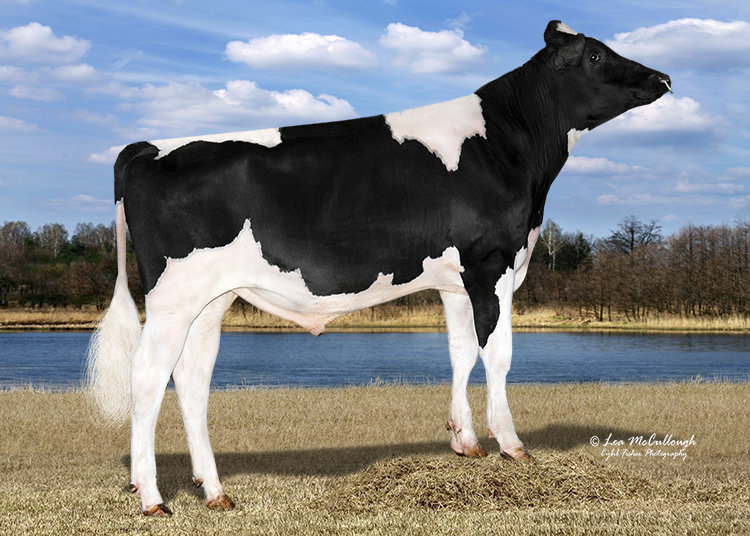
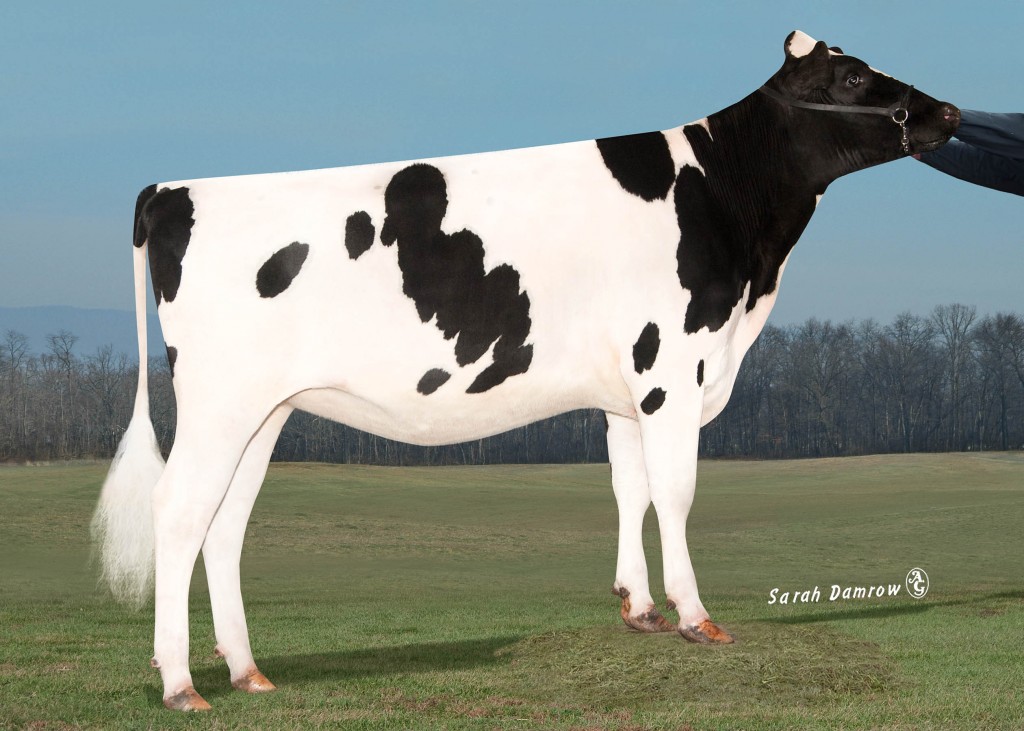
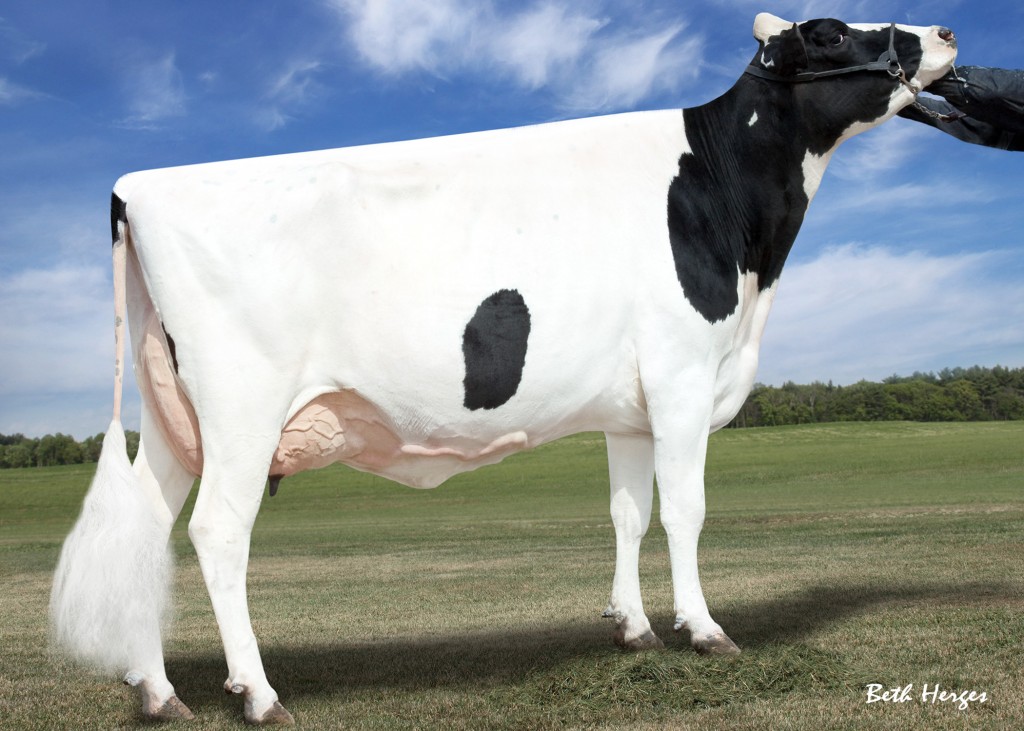
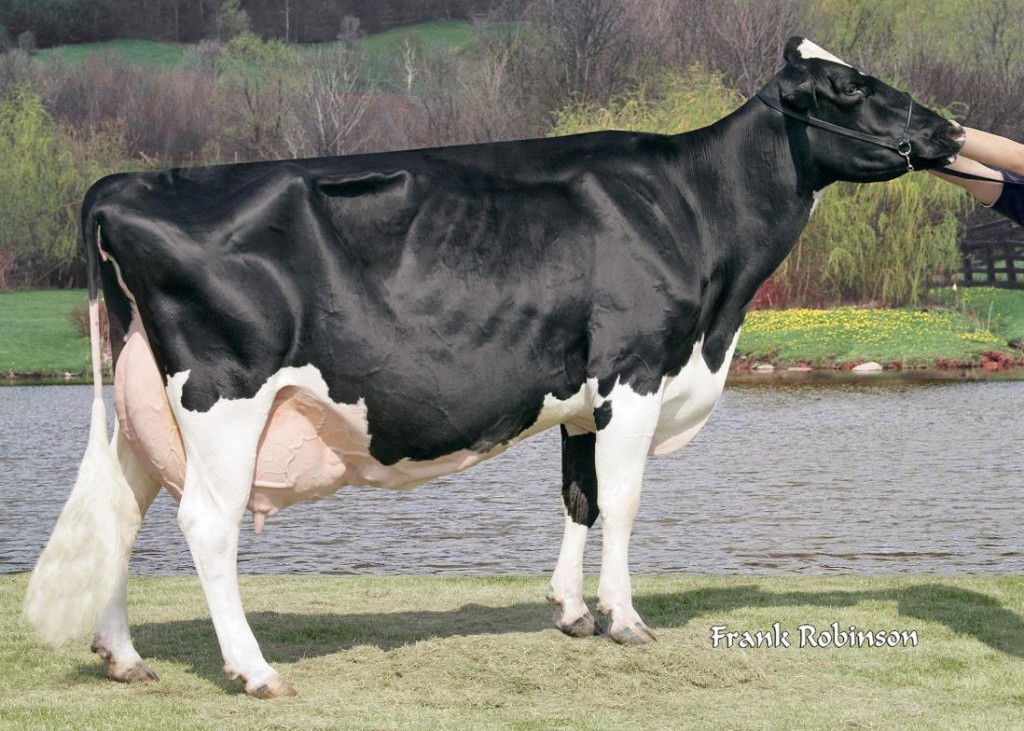
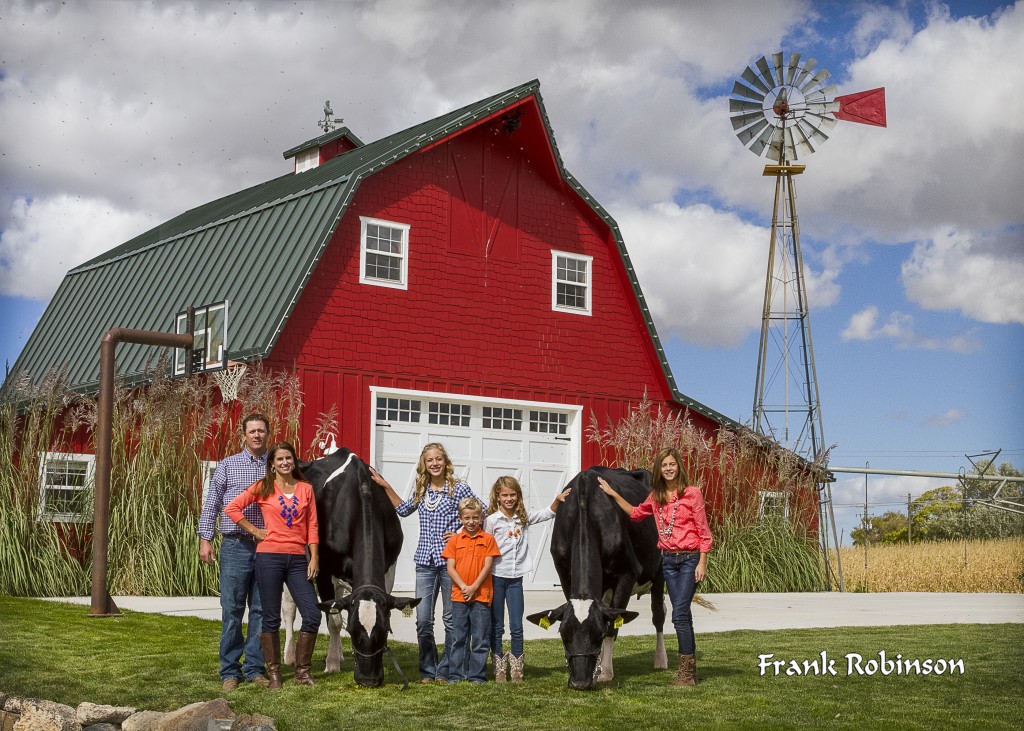
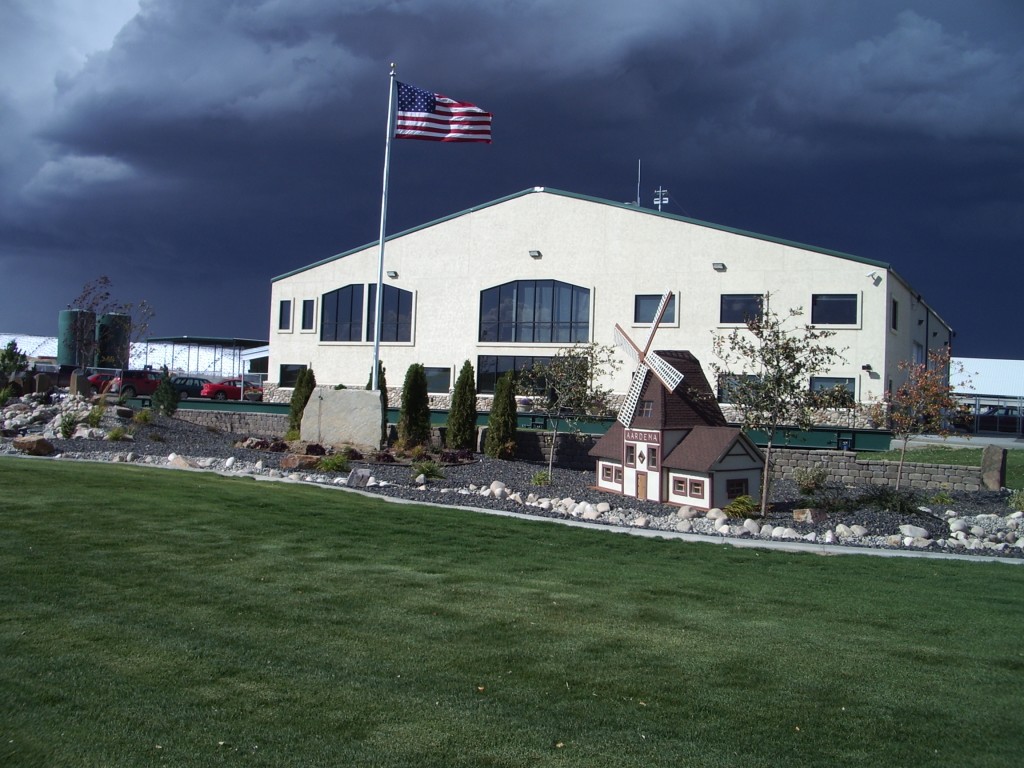
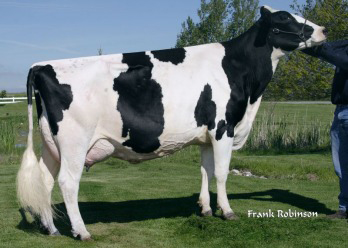
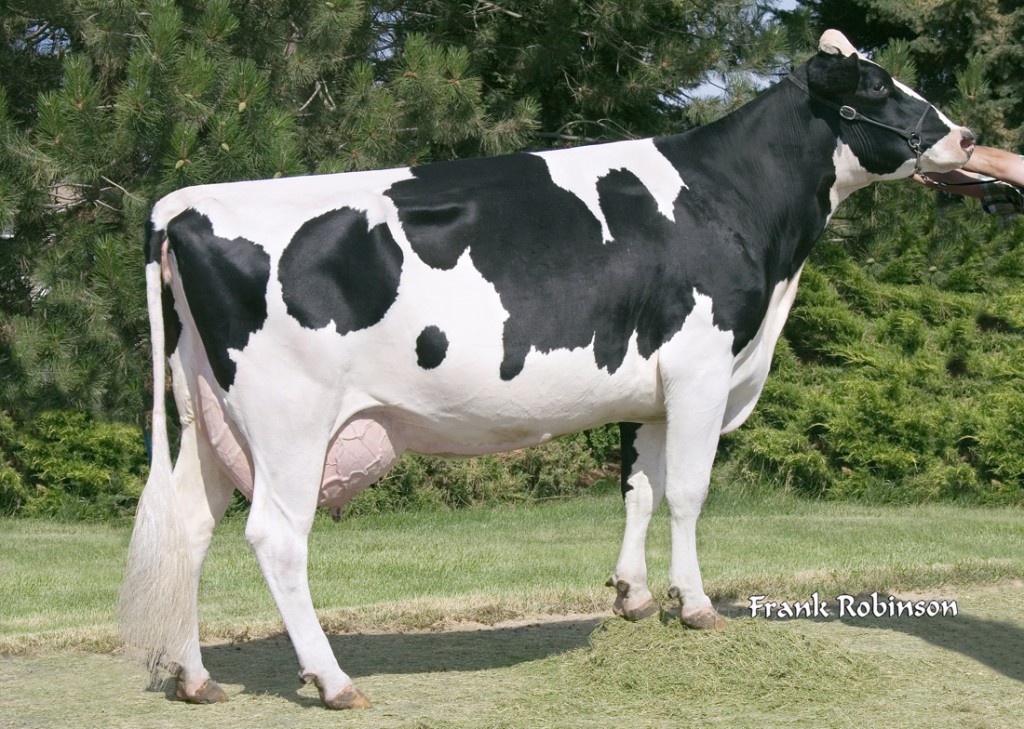
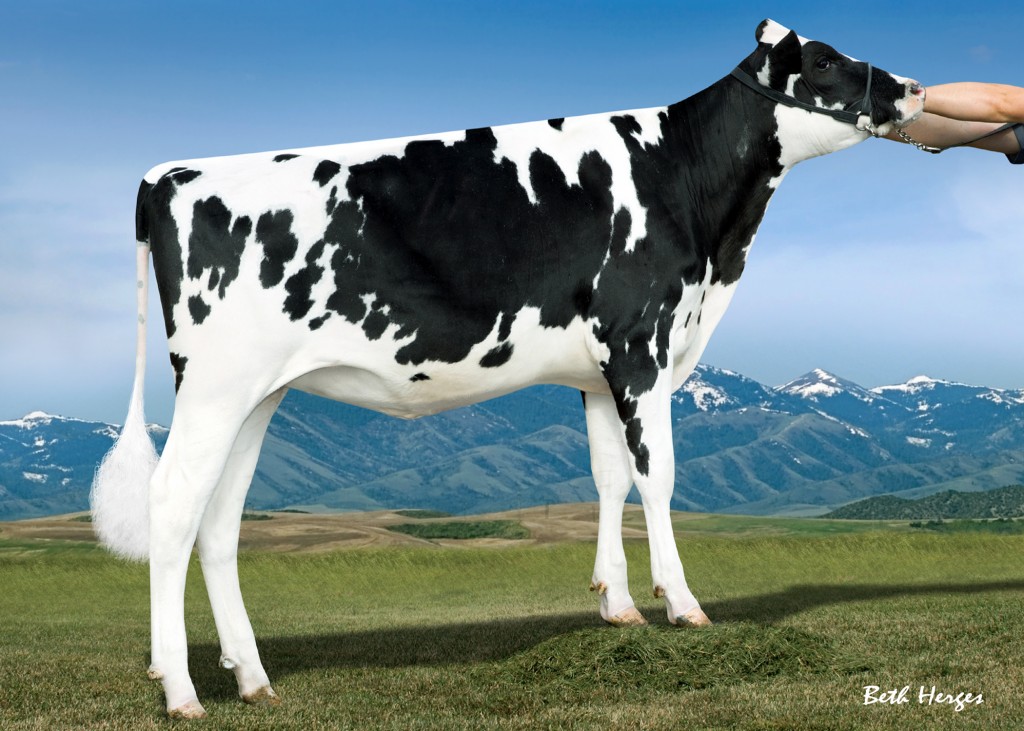
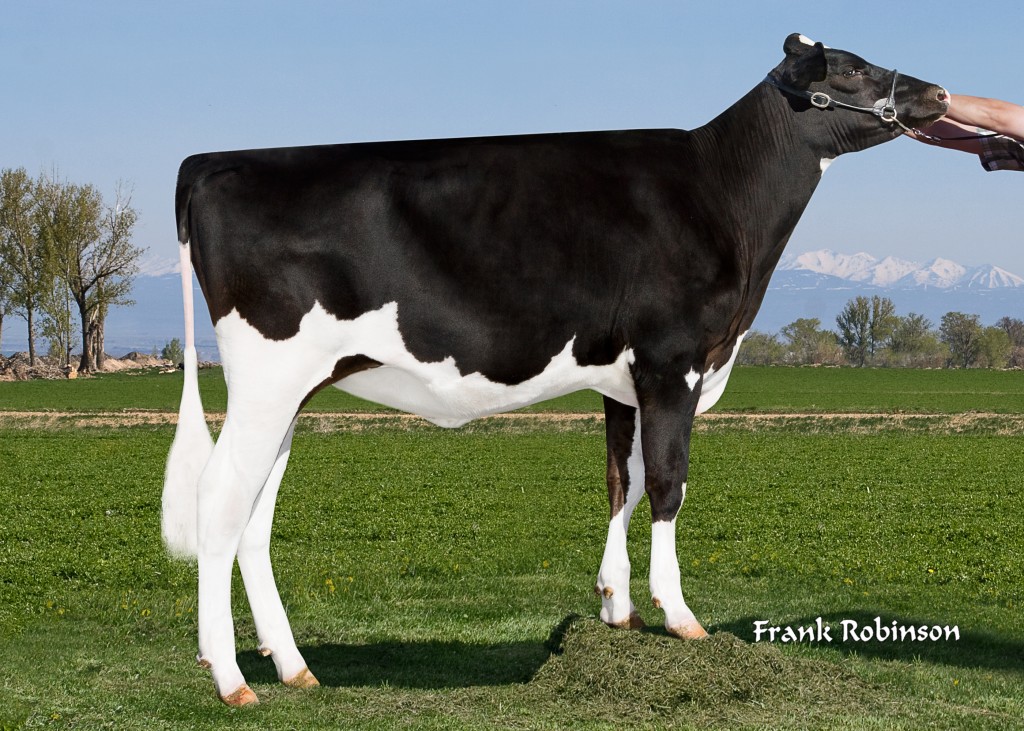

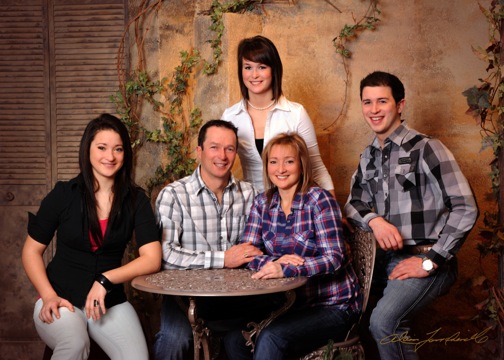
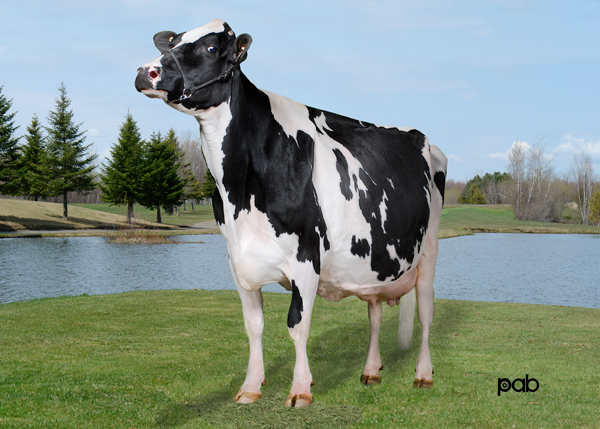
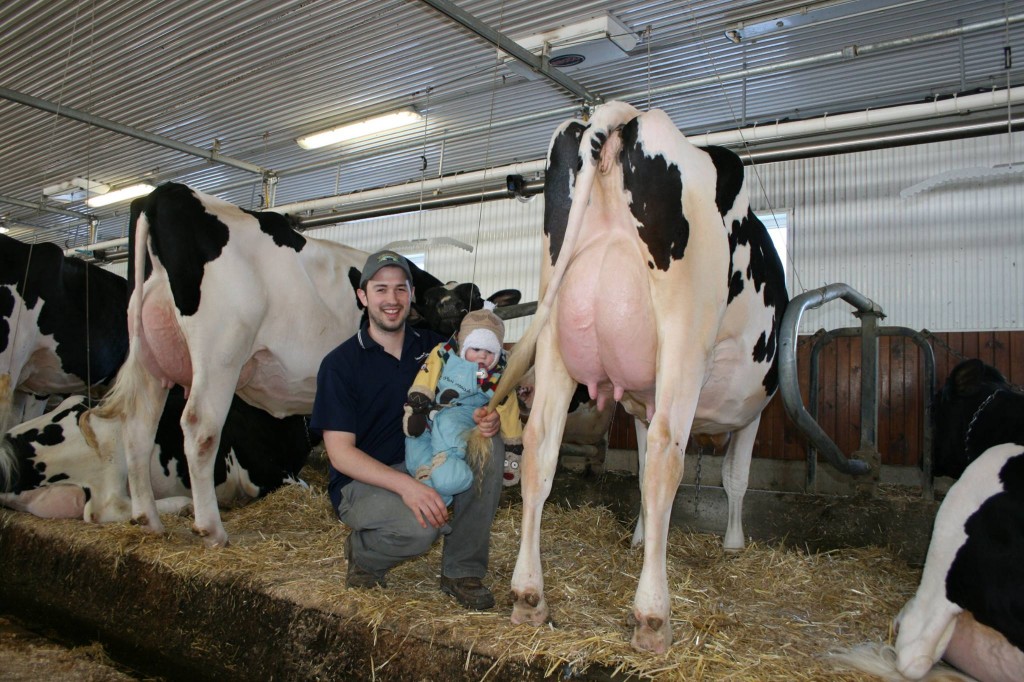
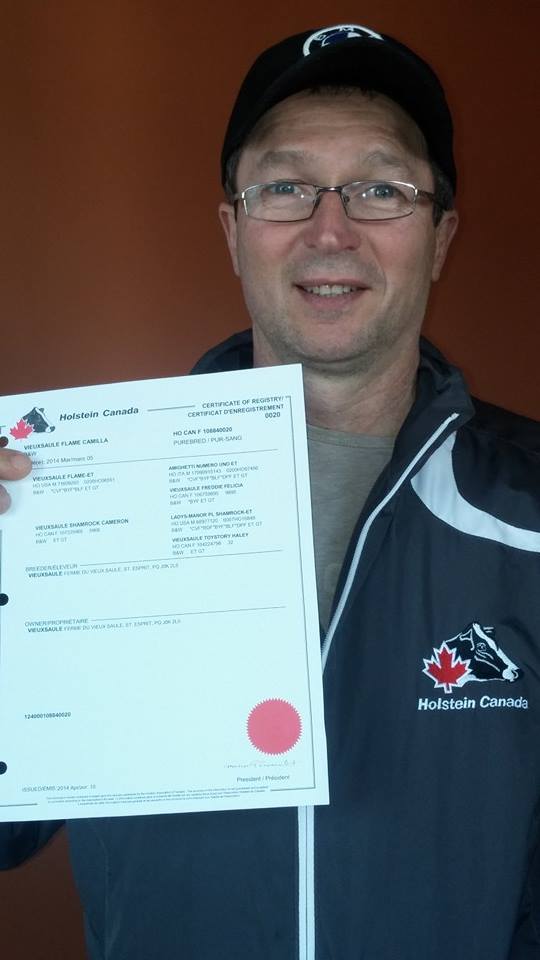
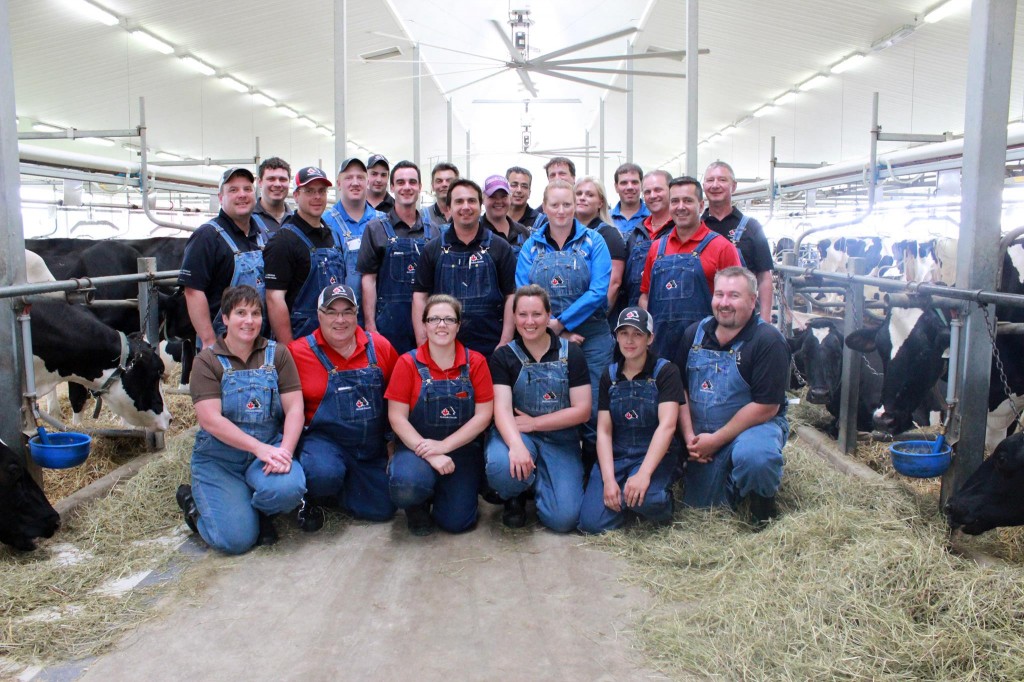
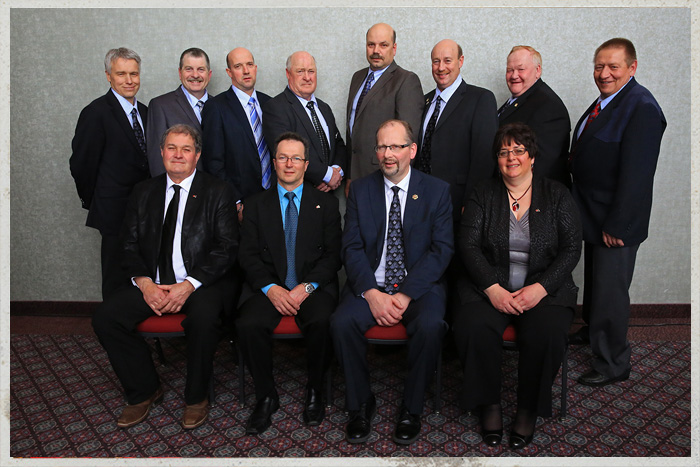



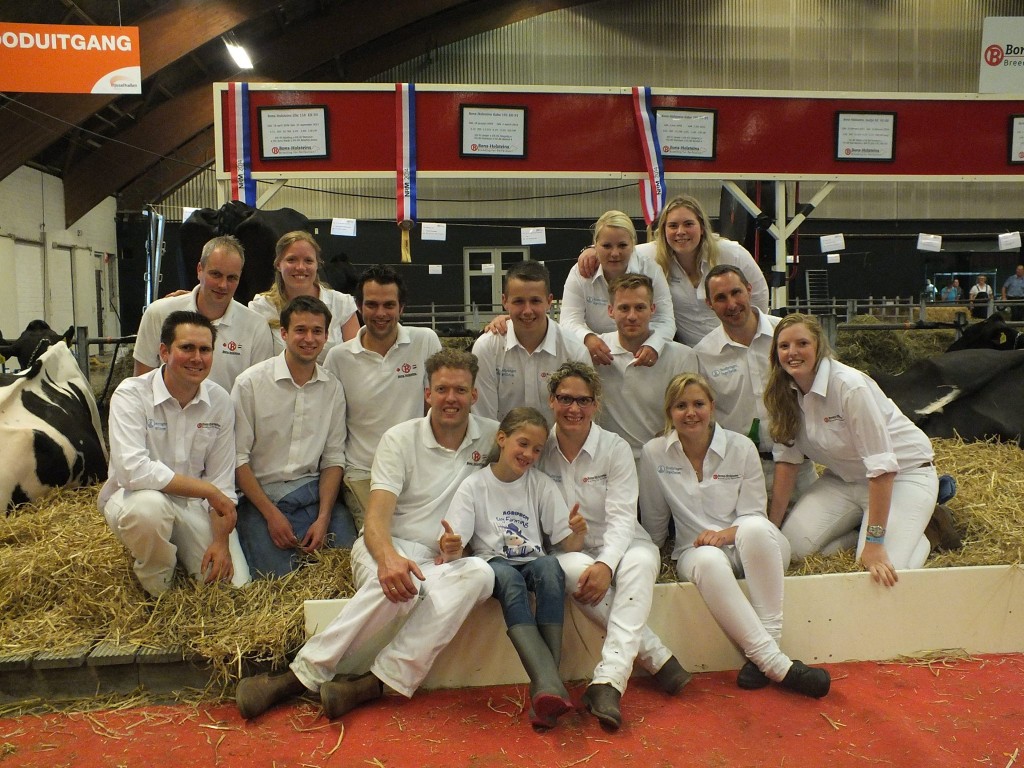
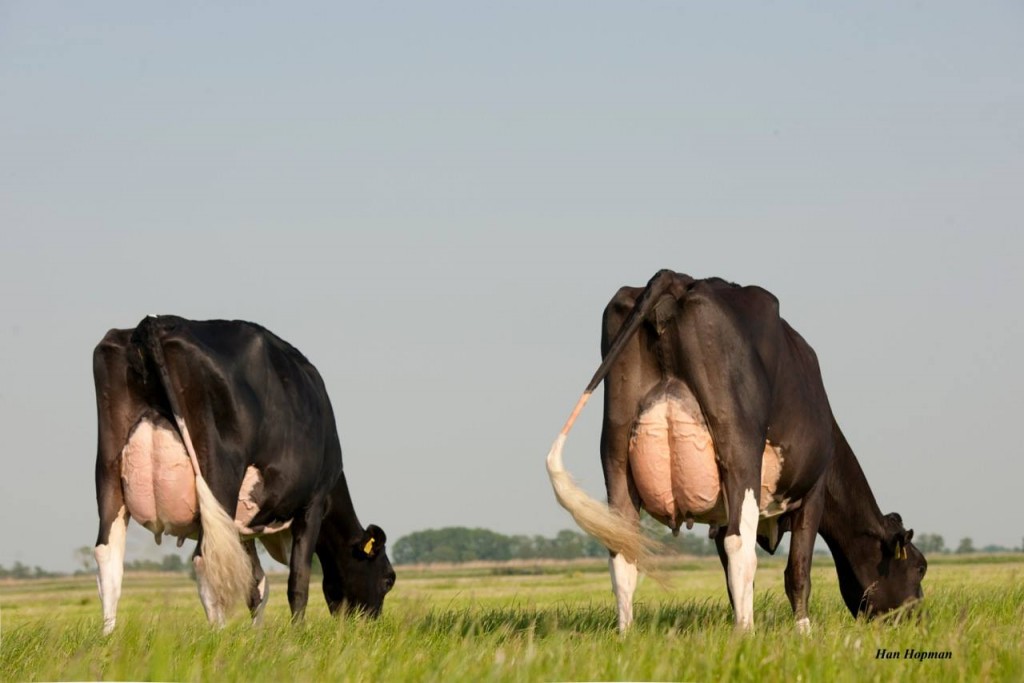
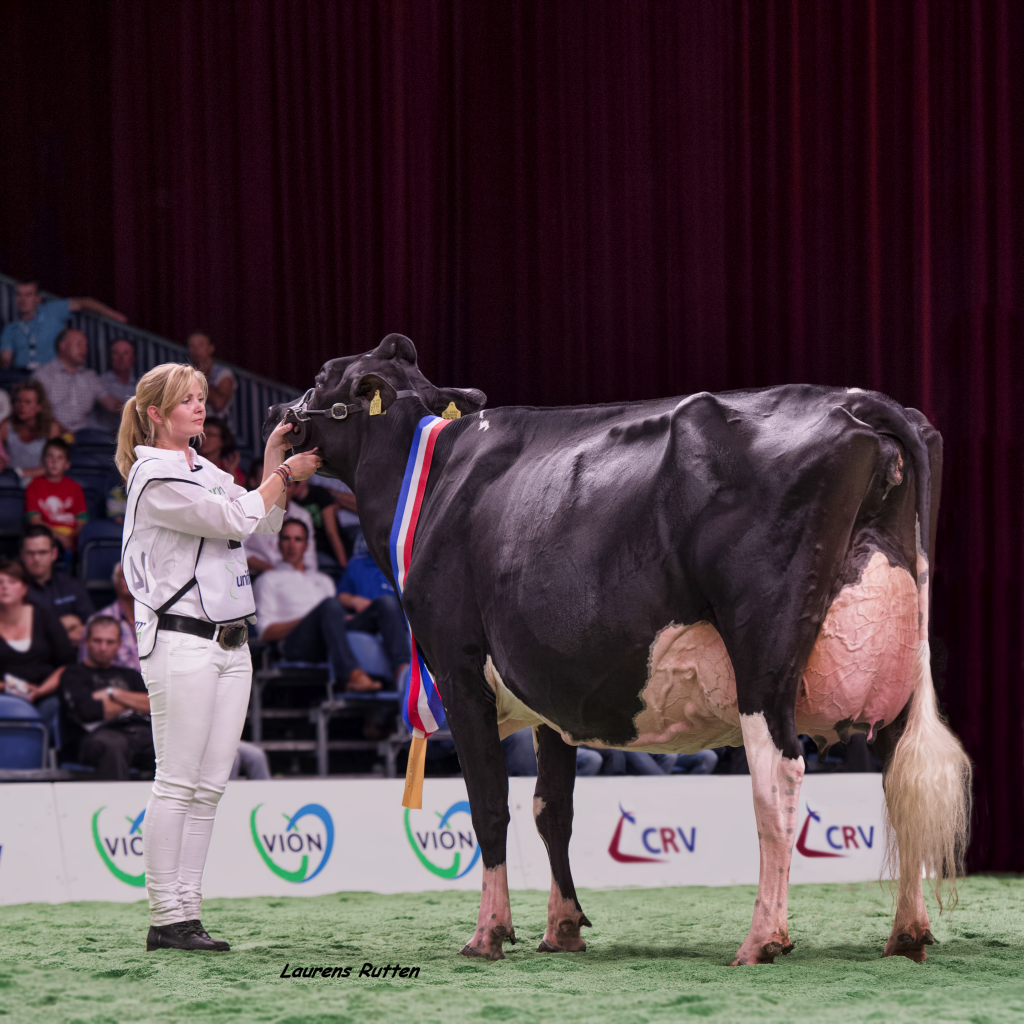
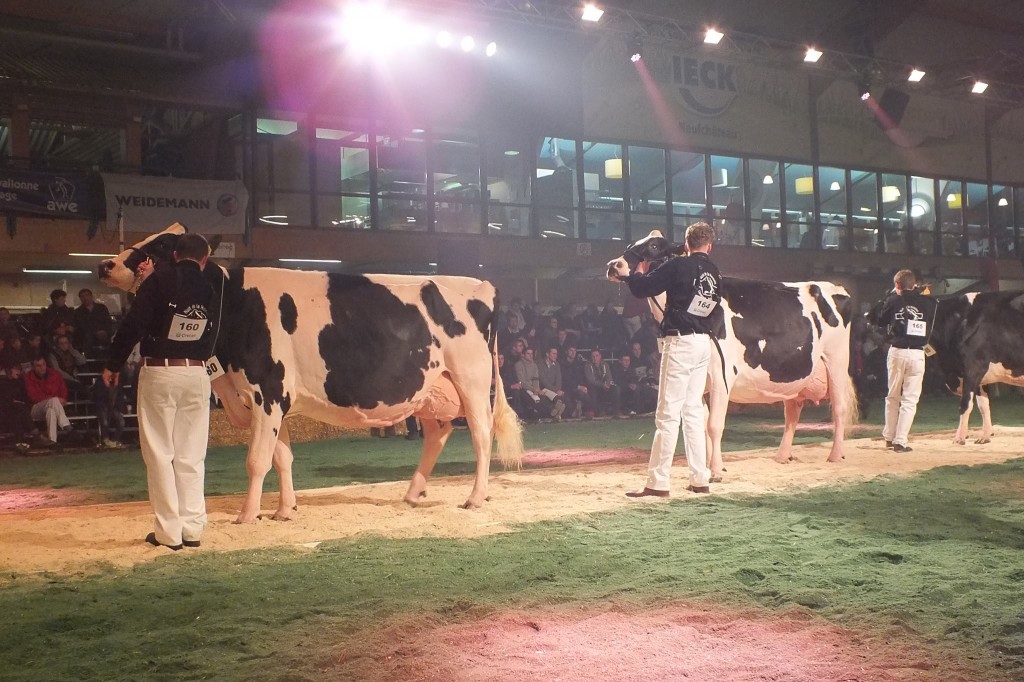
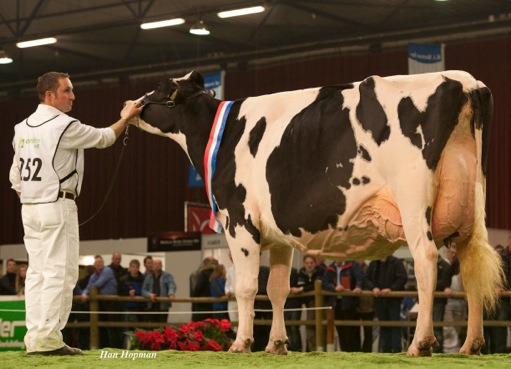
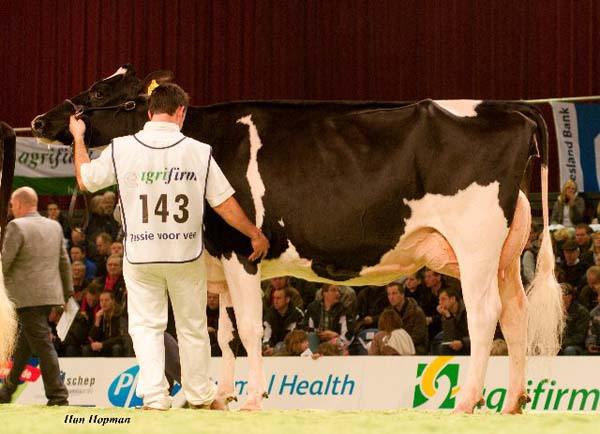
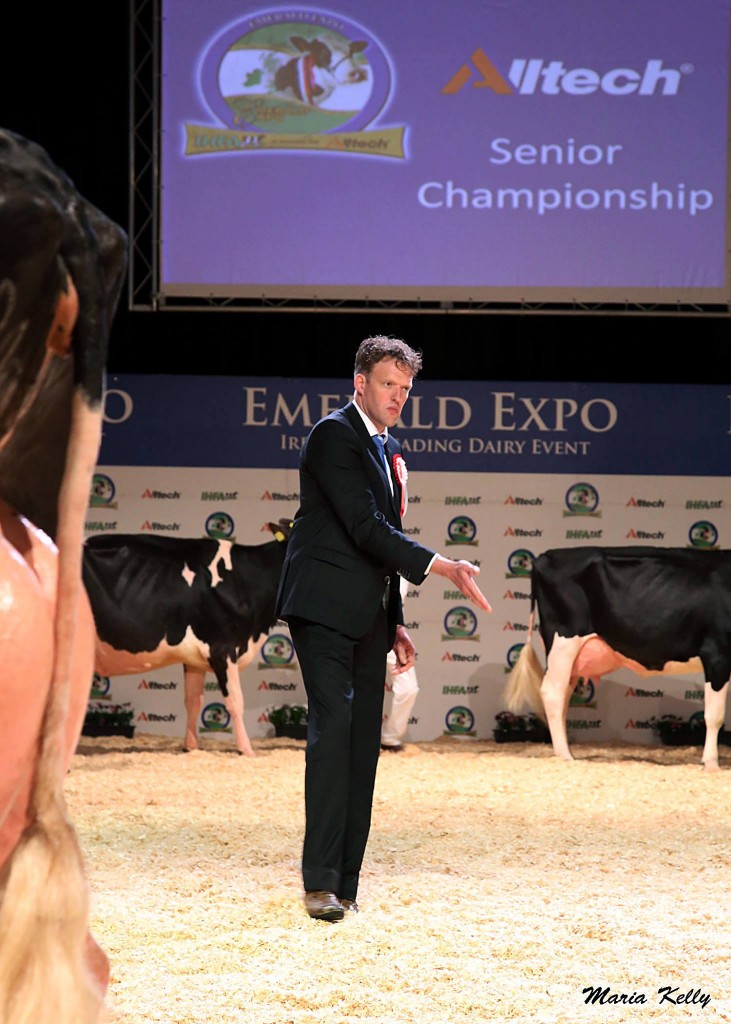 Here comes the Judge
Here comes the Judge Holstein Association USA is pleased to honor five U.S. Registered Holstein breeders as 2014 Herd of Excellence award recipients. The Herd of Excellence designation was introduced in 2008 to honor dairymen who have bred and managed Holstein cattle that consistently perform at the highest levels.
Holstein Association USA is pleased to honor five U.S. Registered Holstein breeders as 2014 Herd of Excellence award recipients. The Herd of Excellence designation was introduced in 2008 to honor dairymen who have bred and managed Holstein cattle that consistently perform at the highest levels.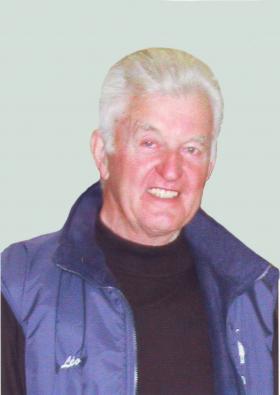 Leo Jacobs founder of Ferme Jacobs, passed at the Hospital of the Child Jesus, May 29, 2014, at the age of 86, surrounded by his family.
Leo Jacobs founder of Ferme Jacobs, passed at the Hospital of the Child Jesus, May 29, 2014, at the age of 86, surrounded by his family. 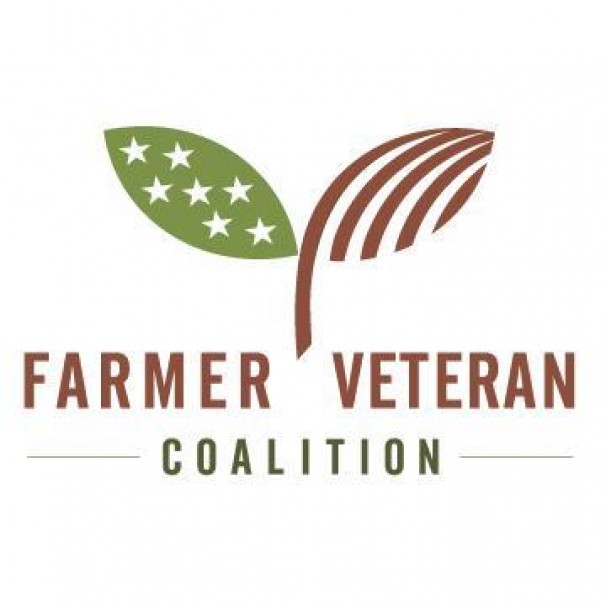 Since the unfortunate events of 9/11, over 2.8 million Americans have served in uniform. According to the Bureau of Labor Statistics, a whopping 200,000, or about 1 in 11, are currently unemployed. The men and women who work risked their lives to protect the freedom of so many American’s enjoy on foreign soil cannot find the means to make a living when they return home. About forty-five percent of the military comes from rural communities, compared with one-sixth of the total population, according to the Carsey Institute at
Since the unfortunate events of 9/11, over 2.8 million Americans have served in uniform. According to the Bureau of Labor Statistics, a whopping 200,000, or about 1 in 11, are currently unemployed. The men and women who work risked their lives to protect the freedom of so many American’s enjoy on foreign soil cannot find the means to make a living when they return home. About forty-five percent of the military comes from rural communities, compared with one-sixth of the total population, according to the Carsey Institute at 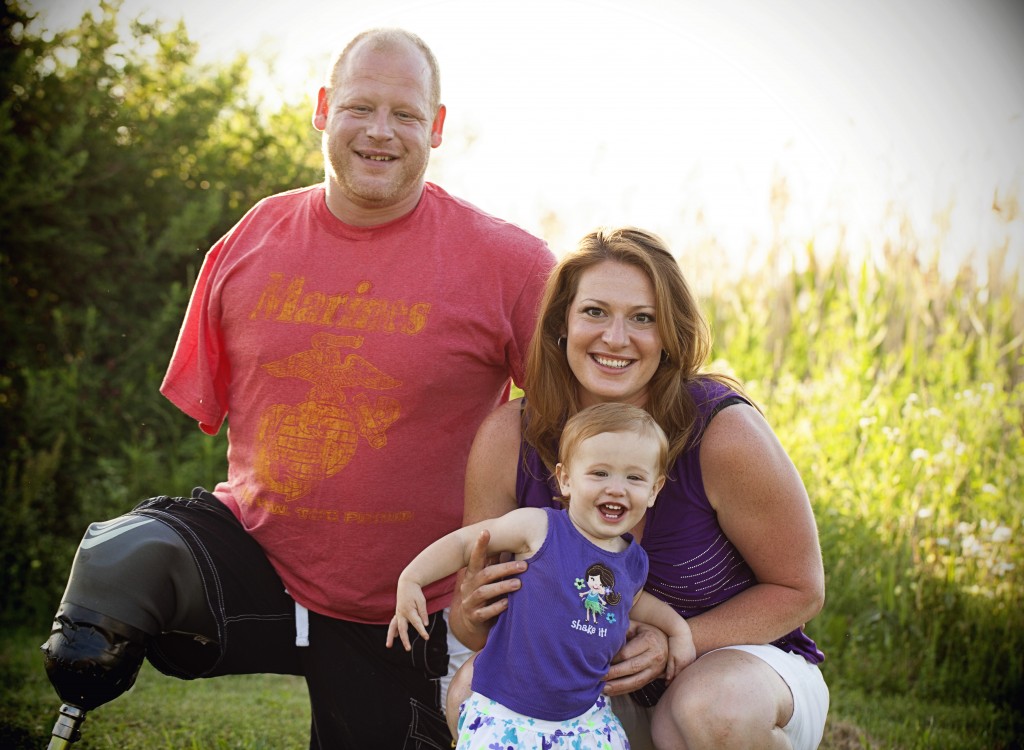
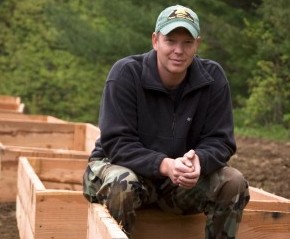
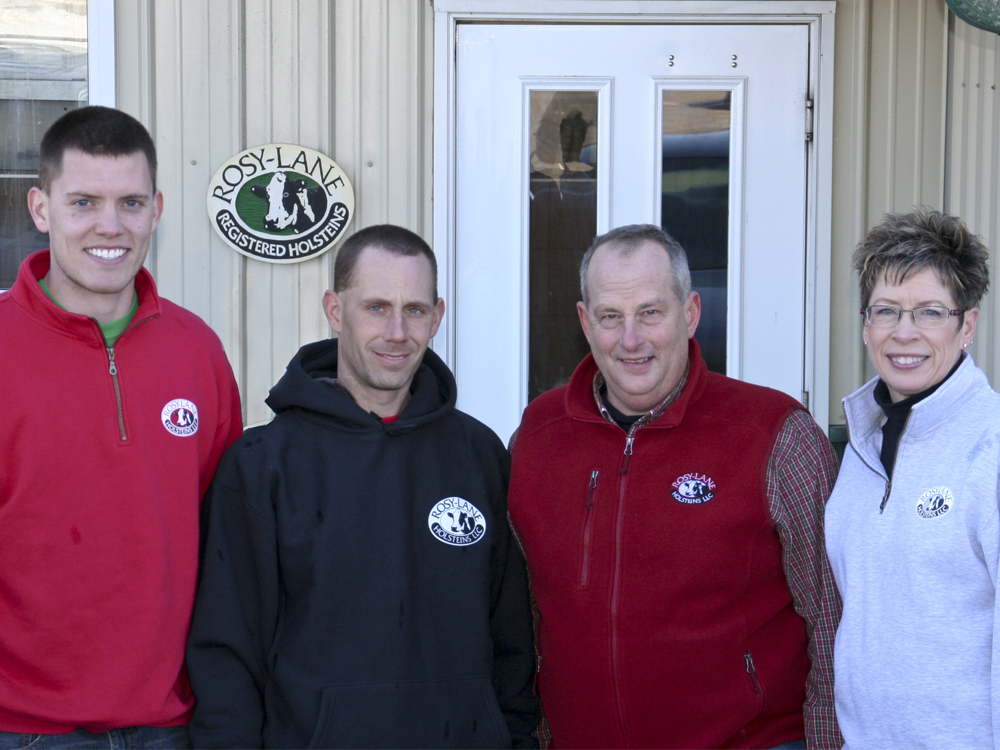
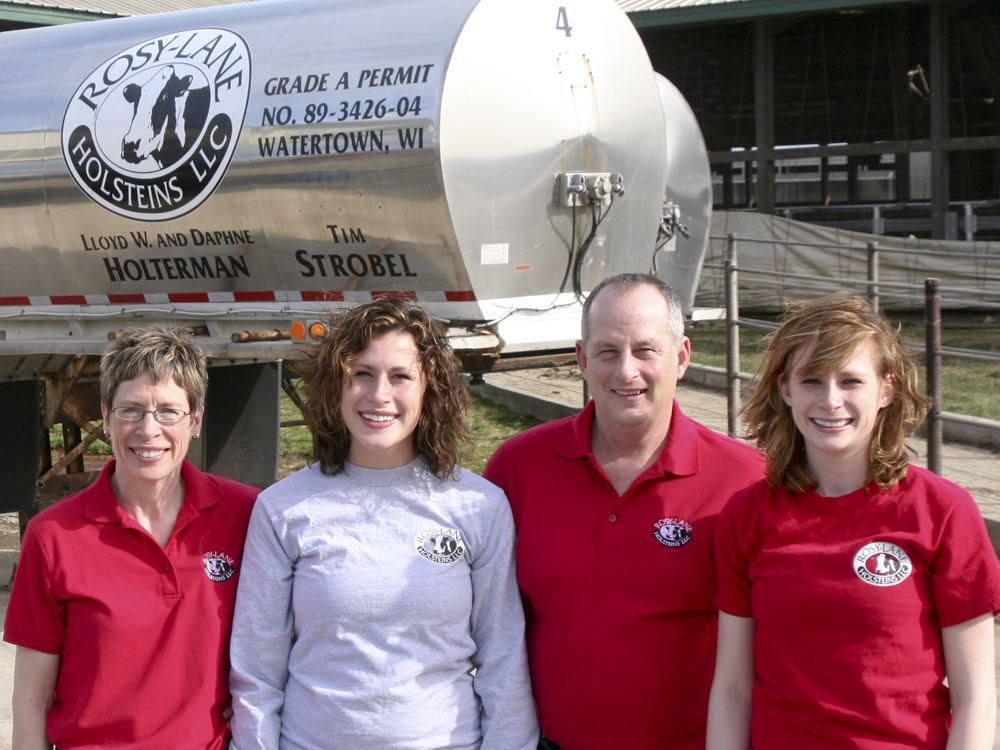
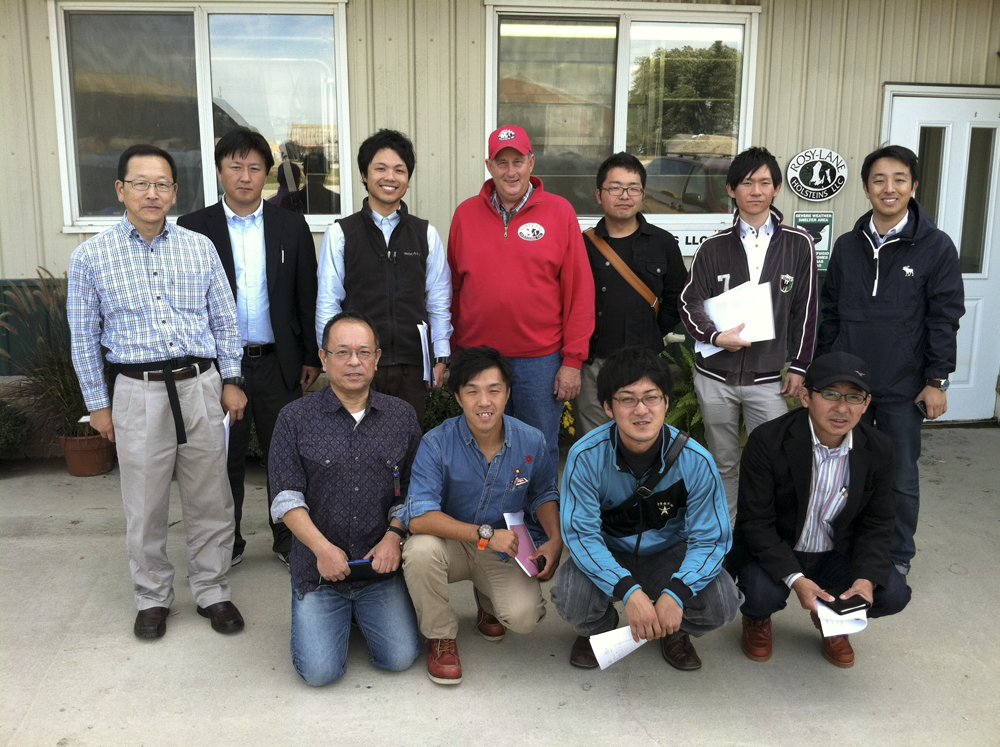
![qs[1]](https://www.thebullvine.com/wp-content/uploads/2014/04/qs1.jpg) There are many facets to the dairy breeding industry that readers of the Bullvine find themselves attracted to. Whether its milk records, breeding awards or showring victories, there is something for everyone to get passionate about. Quim Serrabassa, from Spain, was introduced to cattle early in his life and didn`t ever narrow the field. For him three dairy passions are better than one.
There are many facets to the dairy breeding industry that readers of the Bullvine find themselves attracted to. Whether its milk records, breeding awards or showring victories, there is something for everyone to get passionate about. Quim Serrabassa, from Spain, was introduced to cattle early in his life and didn`t ever narrow the field. For him three dairy passions are better than one.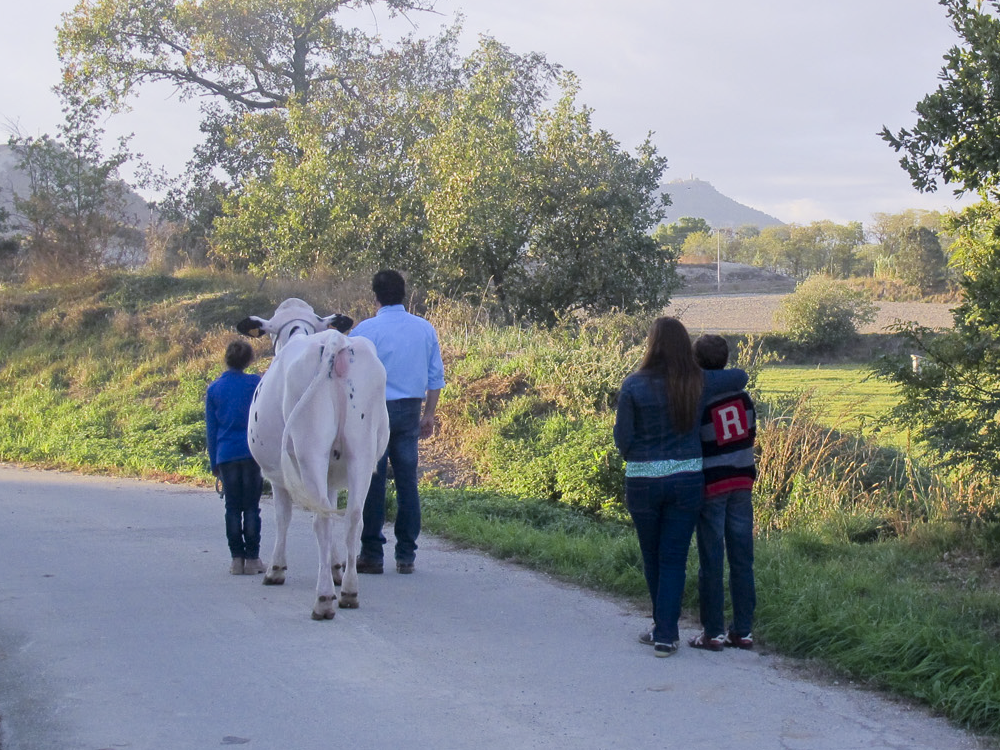
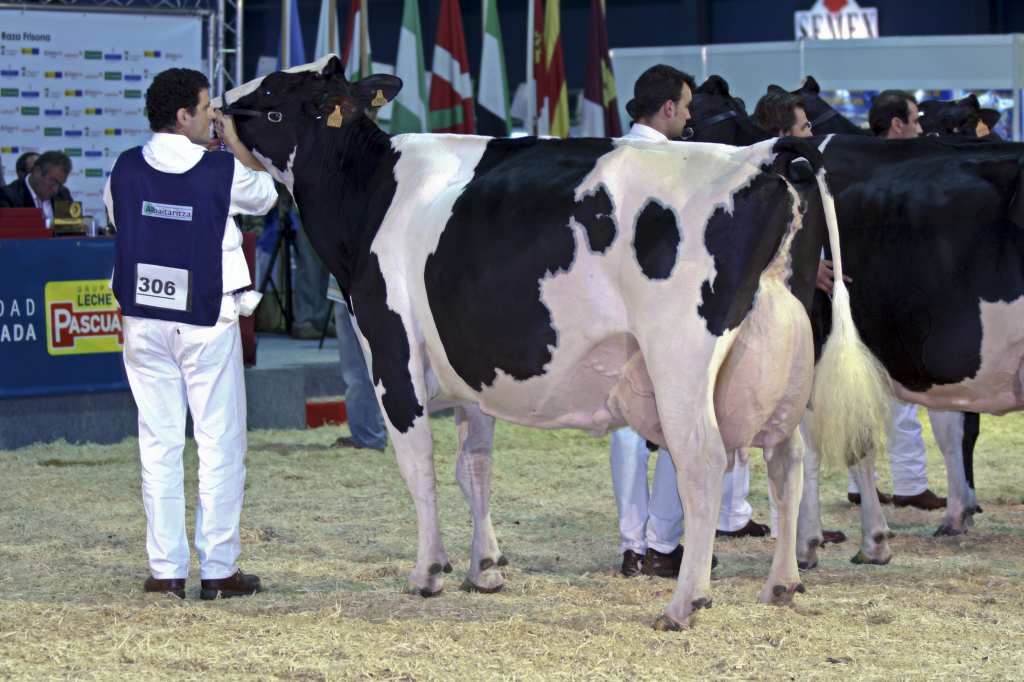
![31578_1422821484608182_1599892698_n[1]](https://www.thebullvine.com/wp-content/uploads/2014/04/31578_1422821484608182_1599892698_n1.jpg)

![56250[1]](https://www.thebullvine.com/wp-content/uploads/2014/03/562501.jpg) It’s hard to imagine what path you would take as a dairy breeder if you were facing the loss of your entire herd. Anton Ender faced that decision in 1981 when his whole herd of elite Brown Swiss cows had to be slaughtered due to disease. For him the next step was to move forward with Holstein cows. Anton’s son Thomas Ender explains the decision simply. “He chose Holsteins because of their willingness to produce.” Today
It’s hard to imagine what path you would take as a dairy breeder if you were facing the loss of your entire herd. Anton Ender faced that decision in 1981 when his whole herd of elite Brown Swiss cows had to be slaughtered due to disease. For him the next step was to move forward with Holstein cows. Anton’s son Thomas Ender explains the decision simply. “He chose Holsteins because of their willingness to produce.” Today 